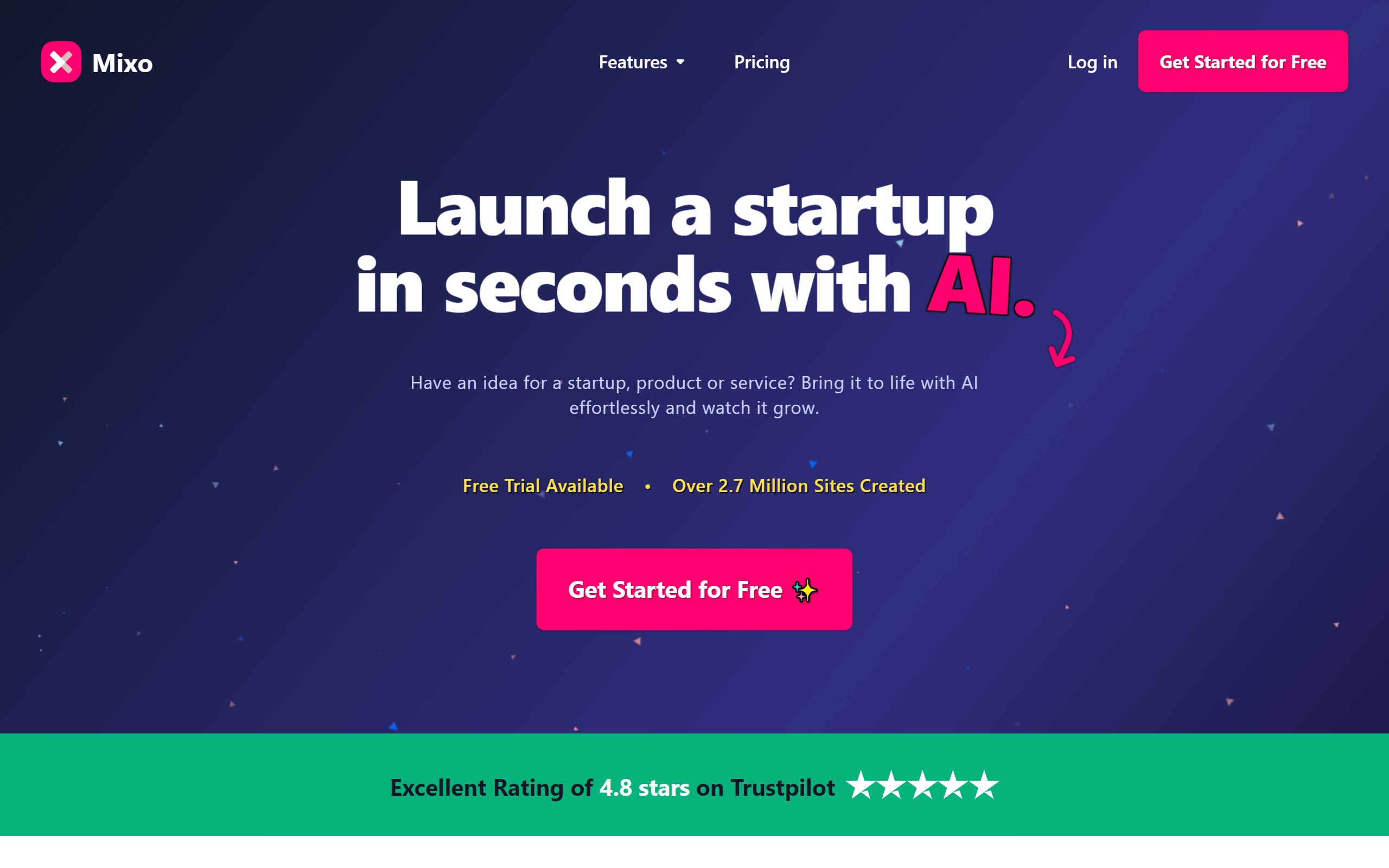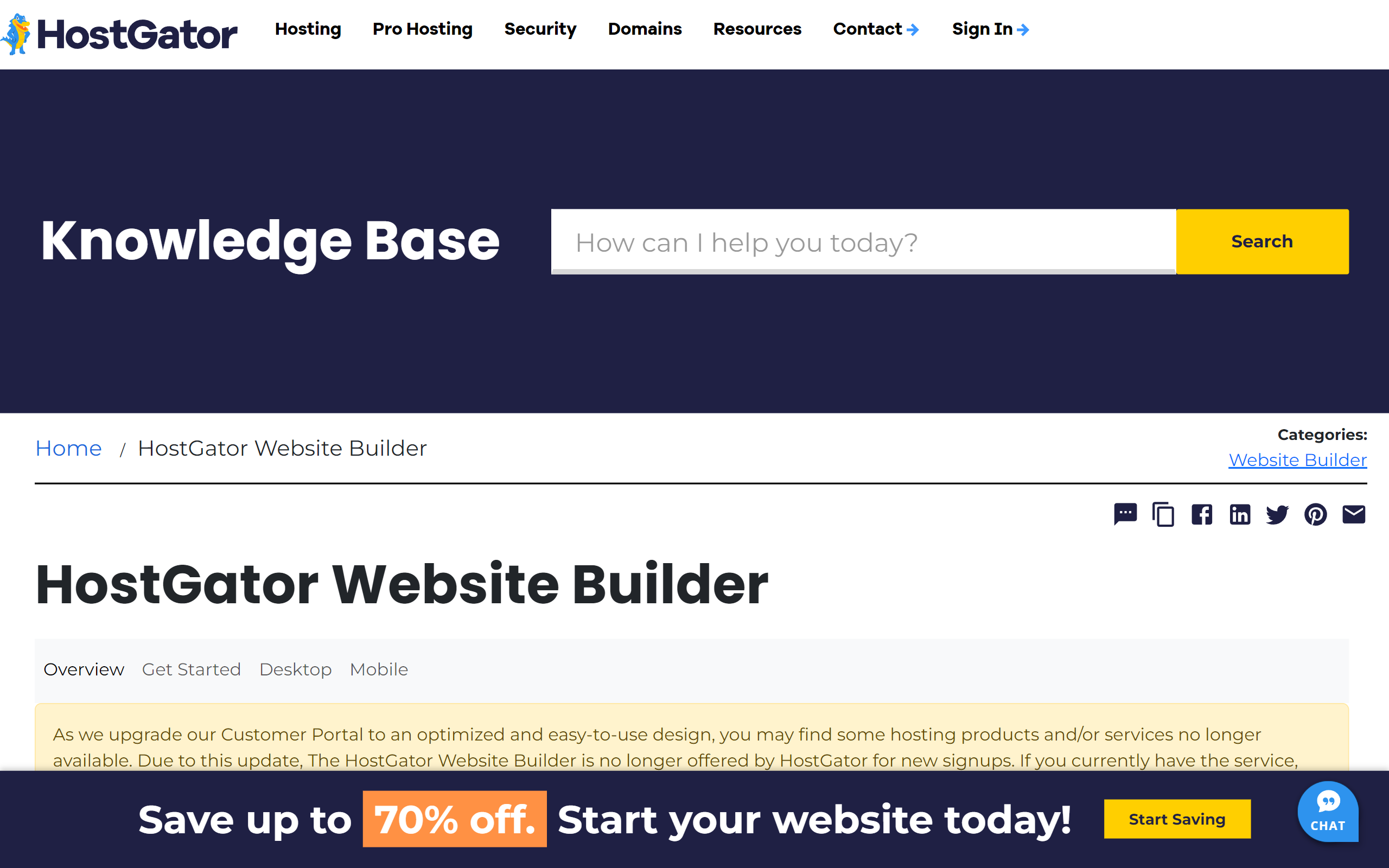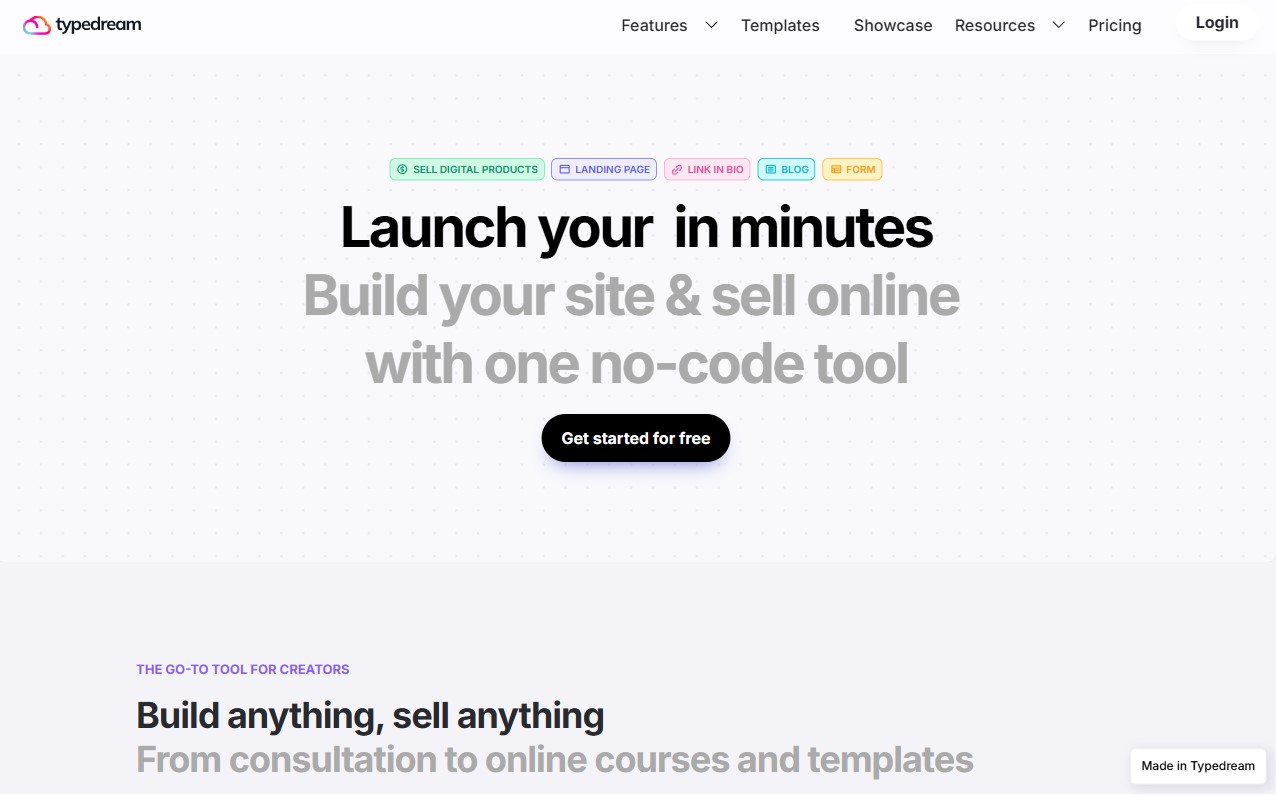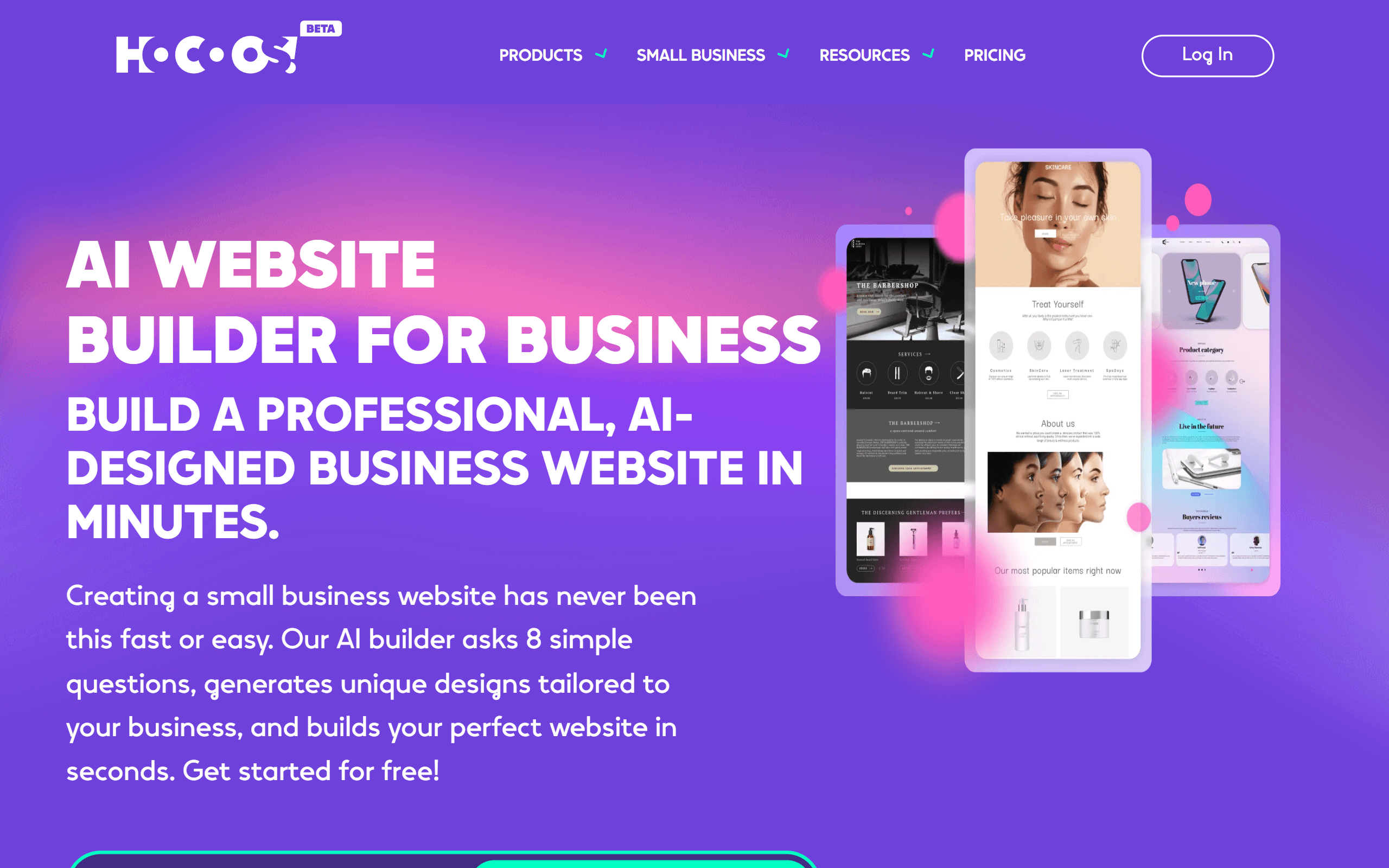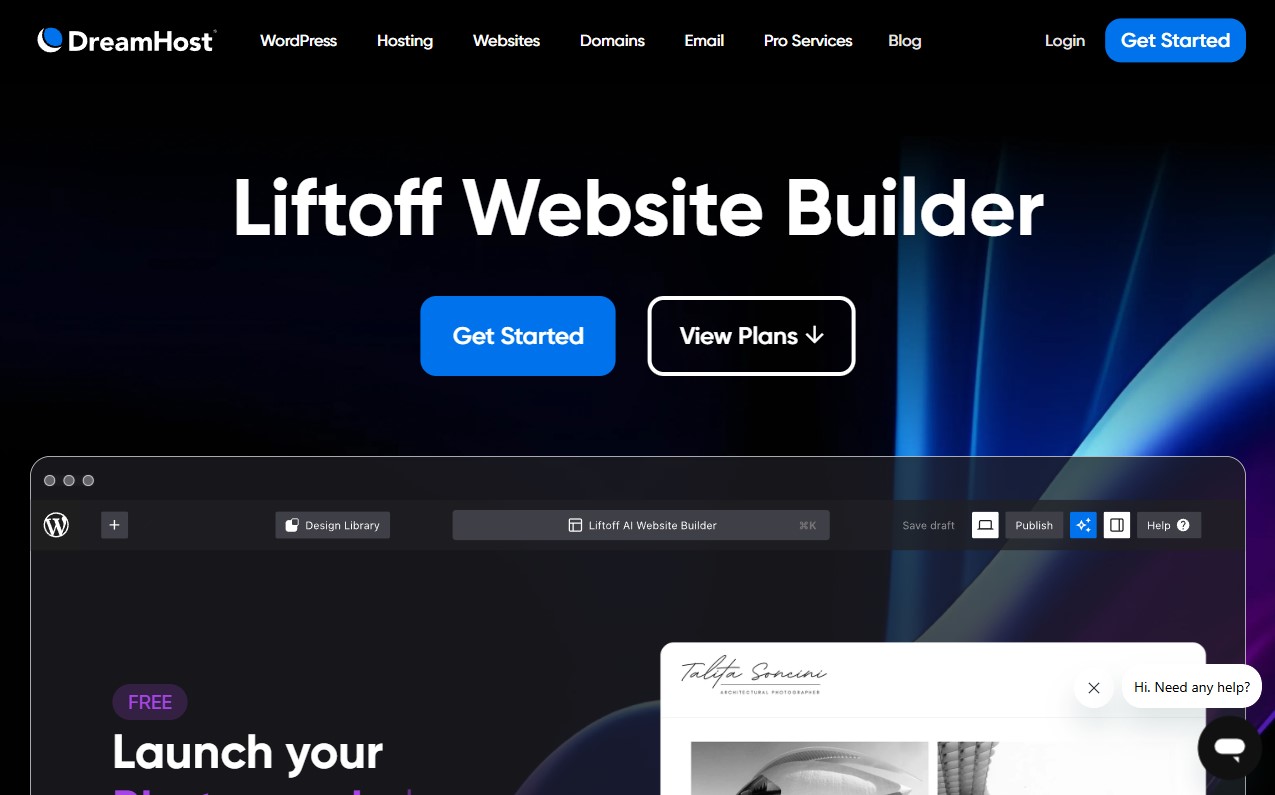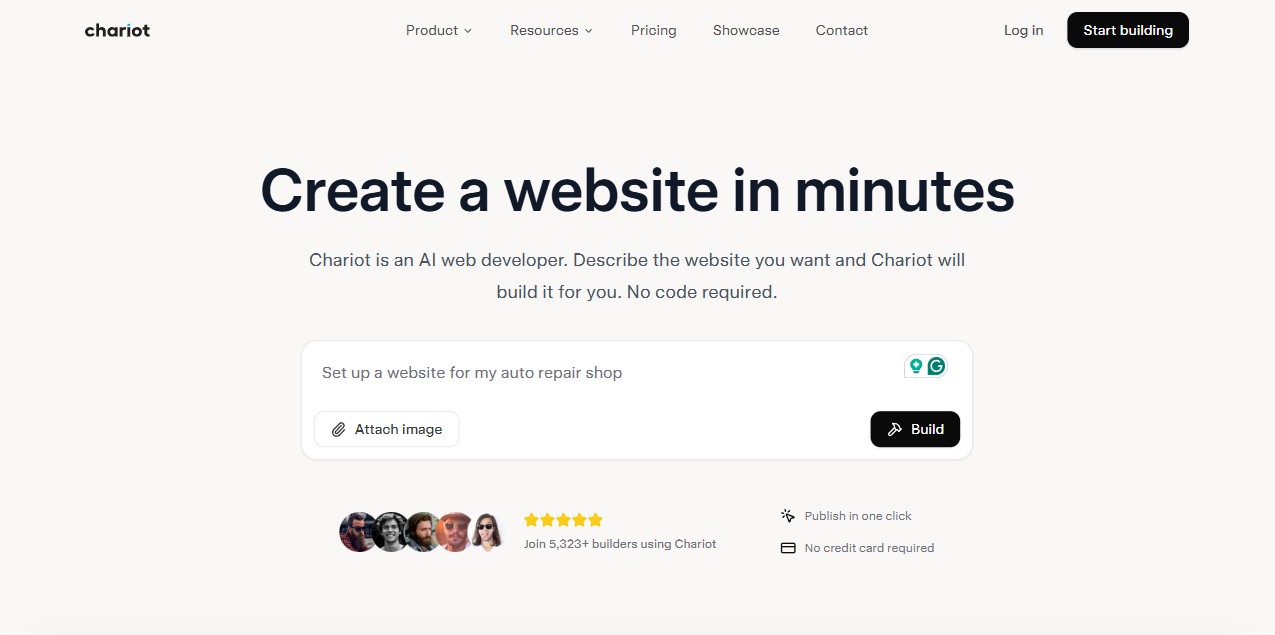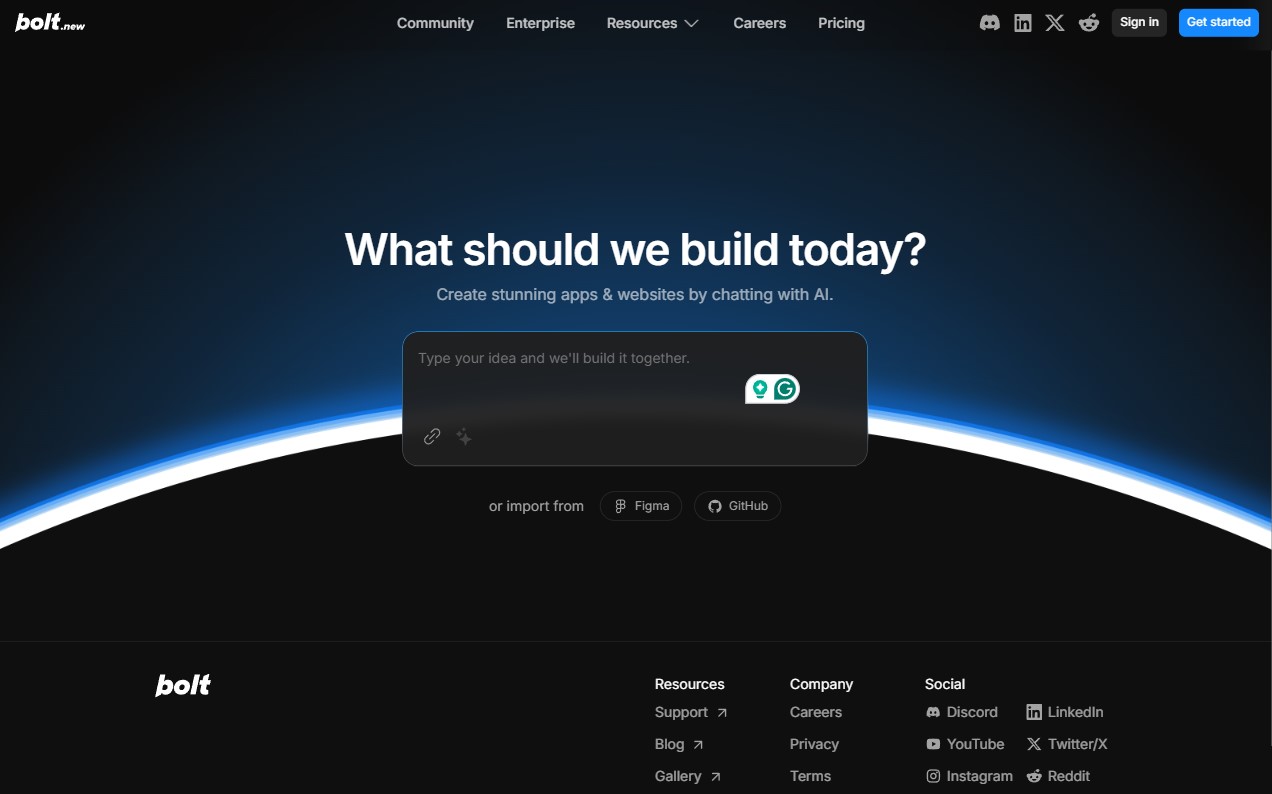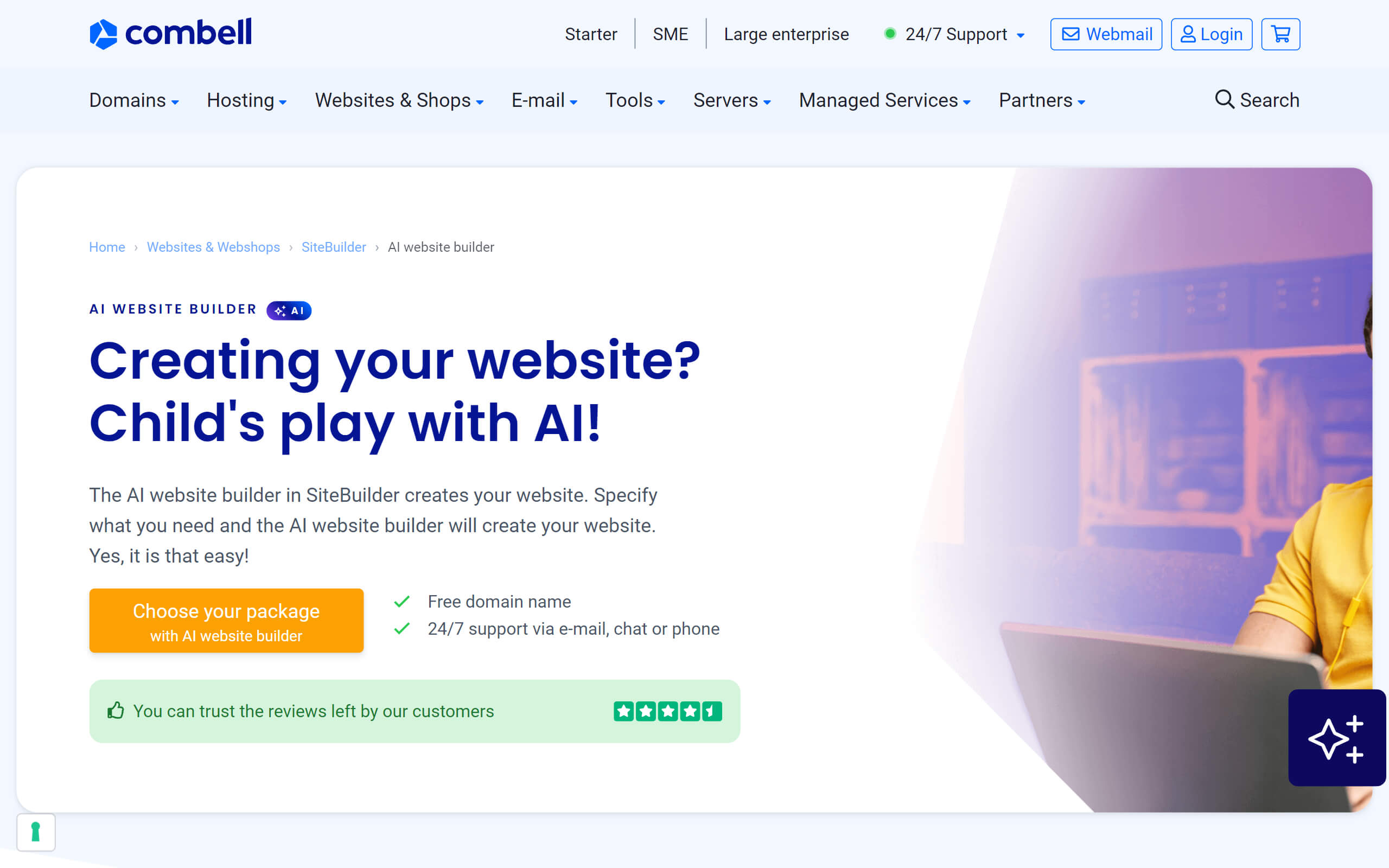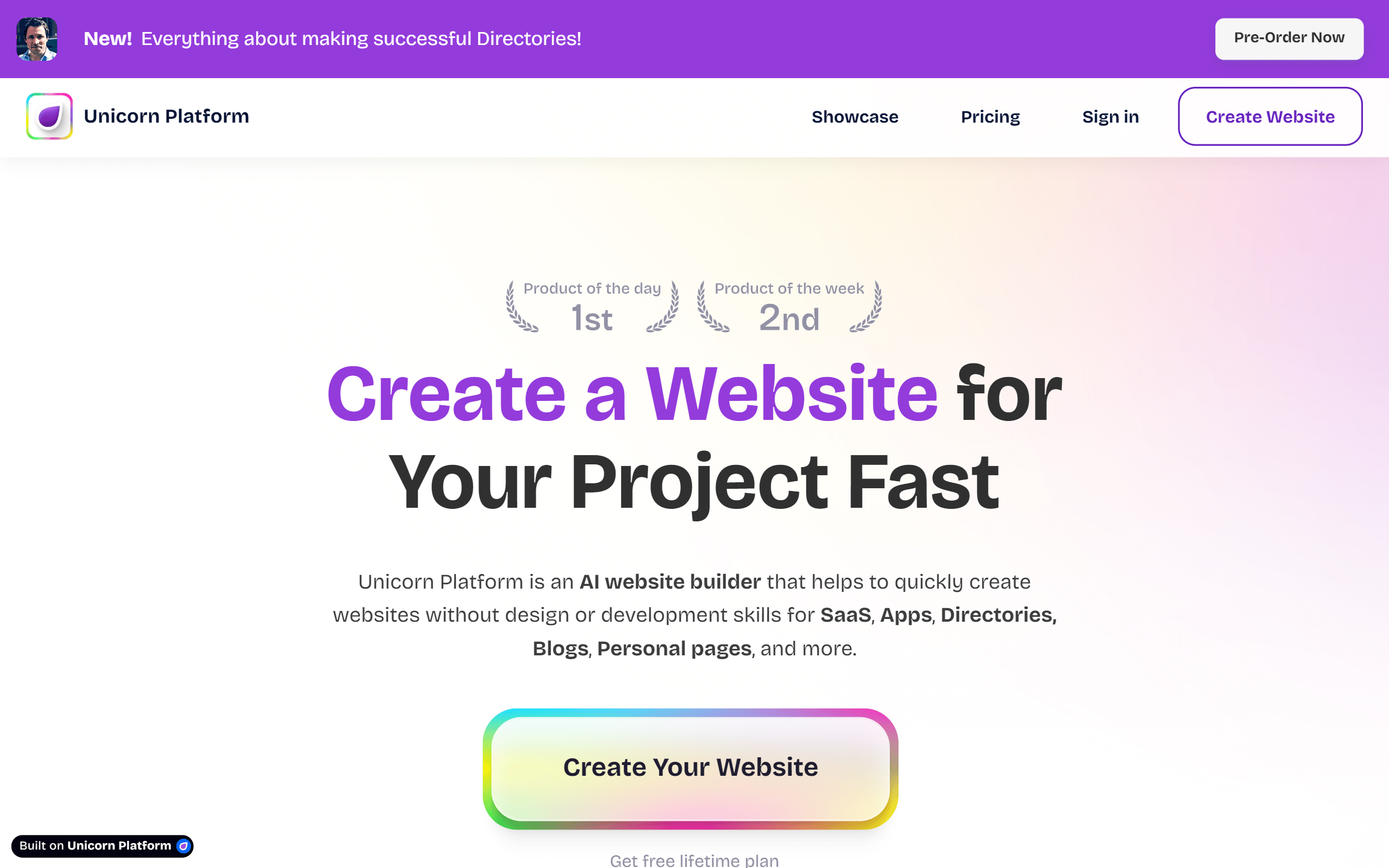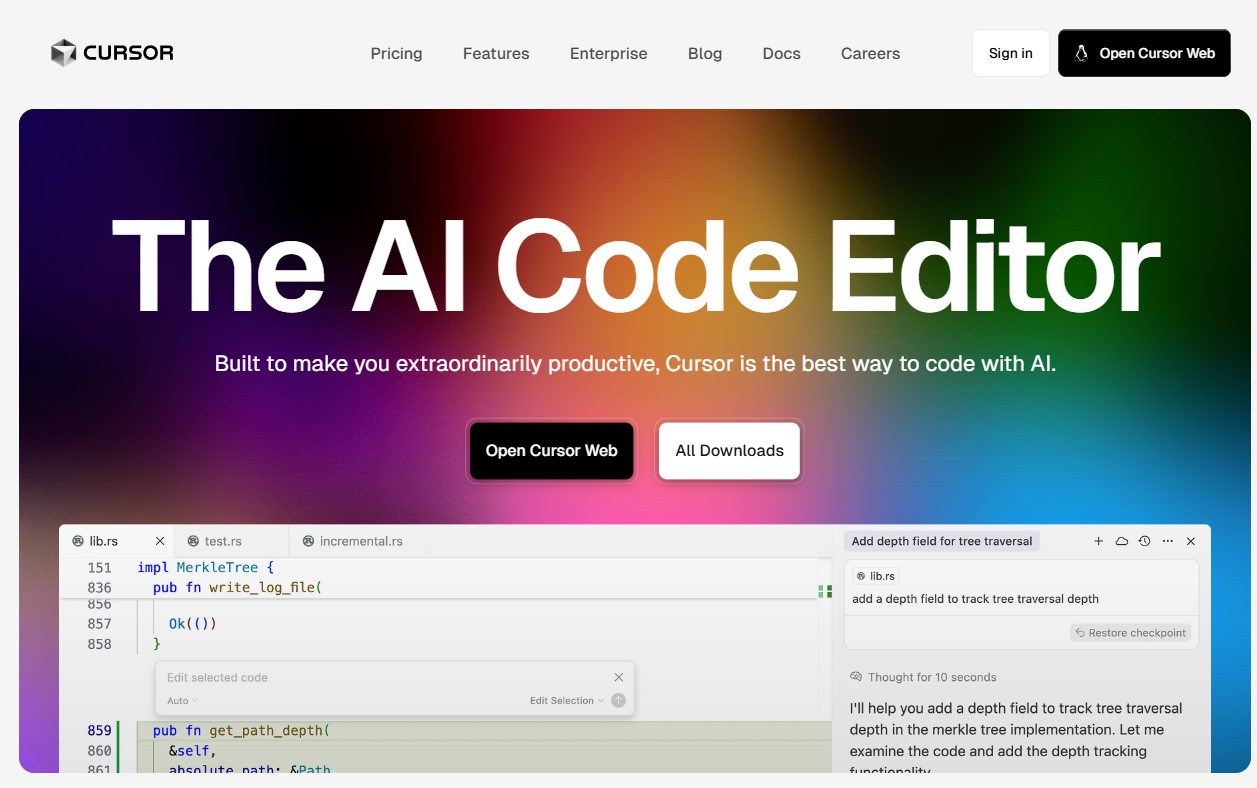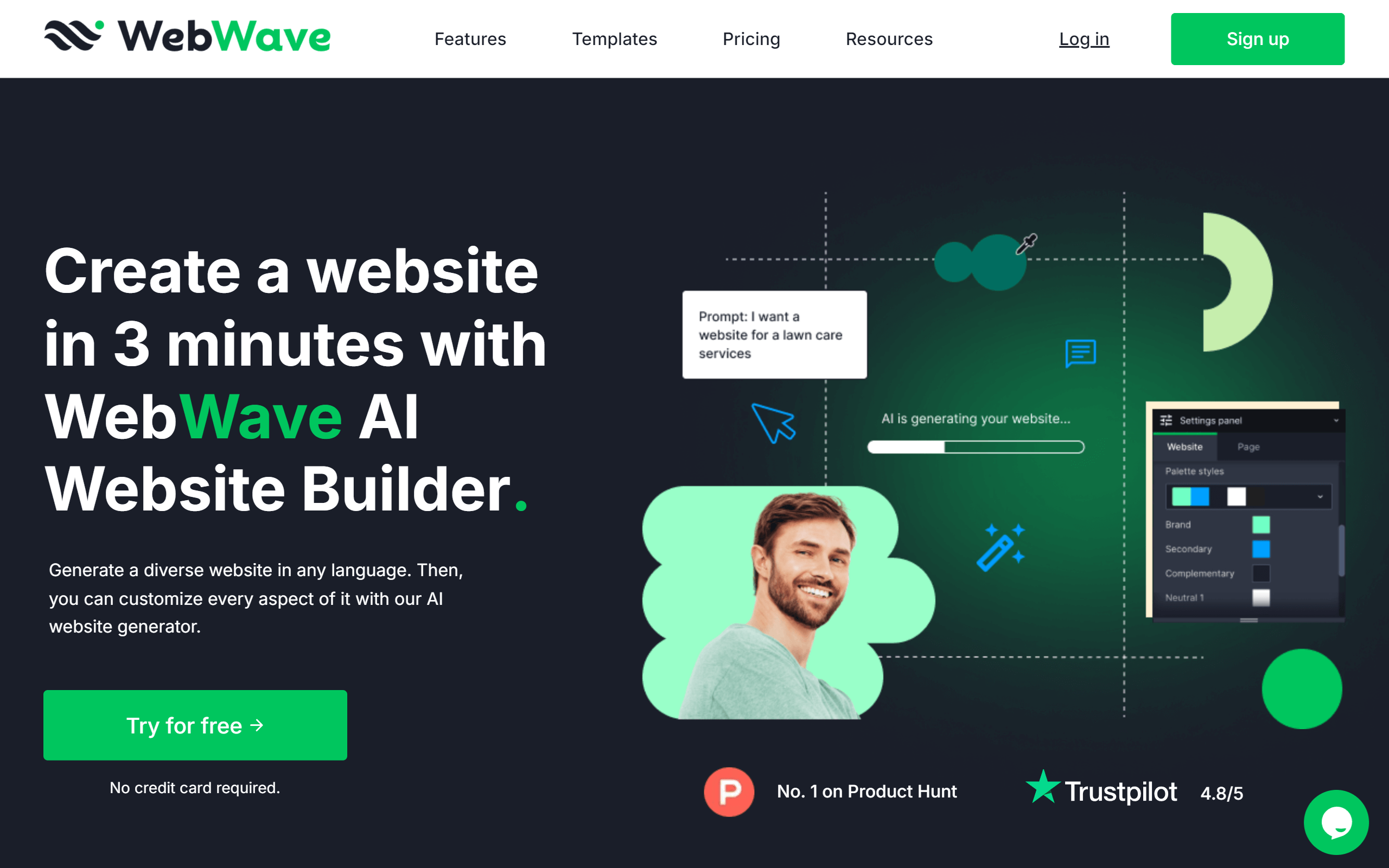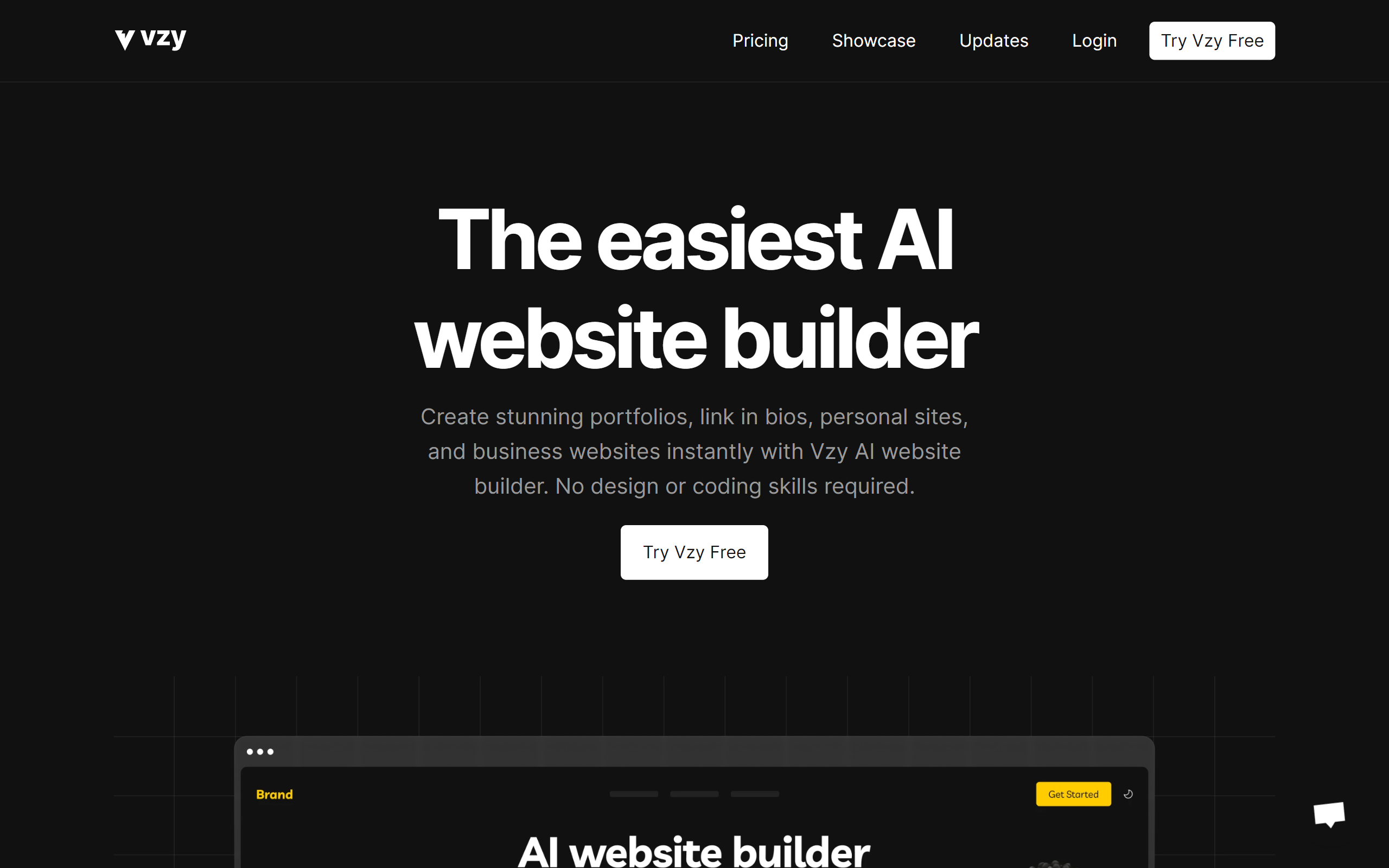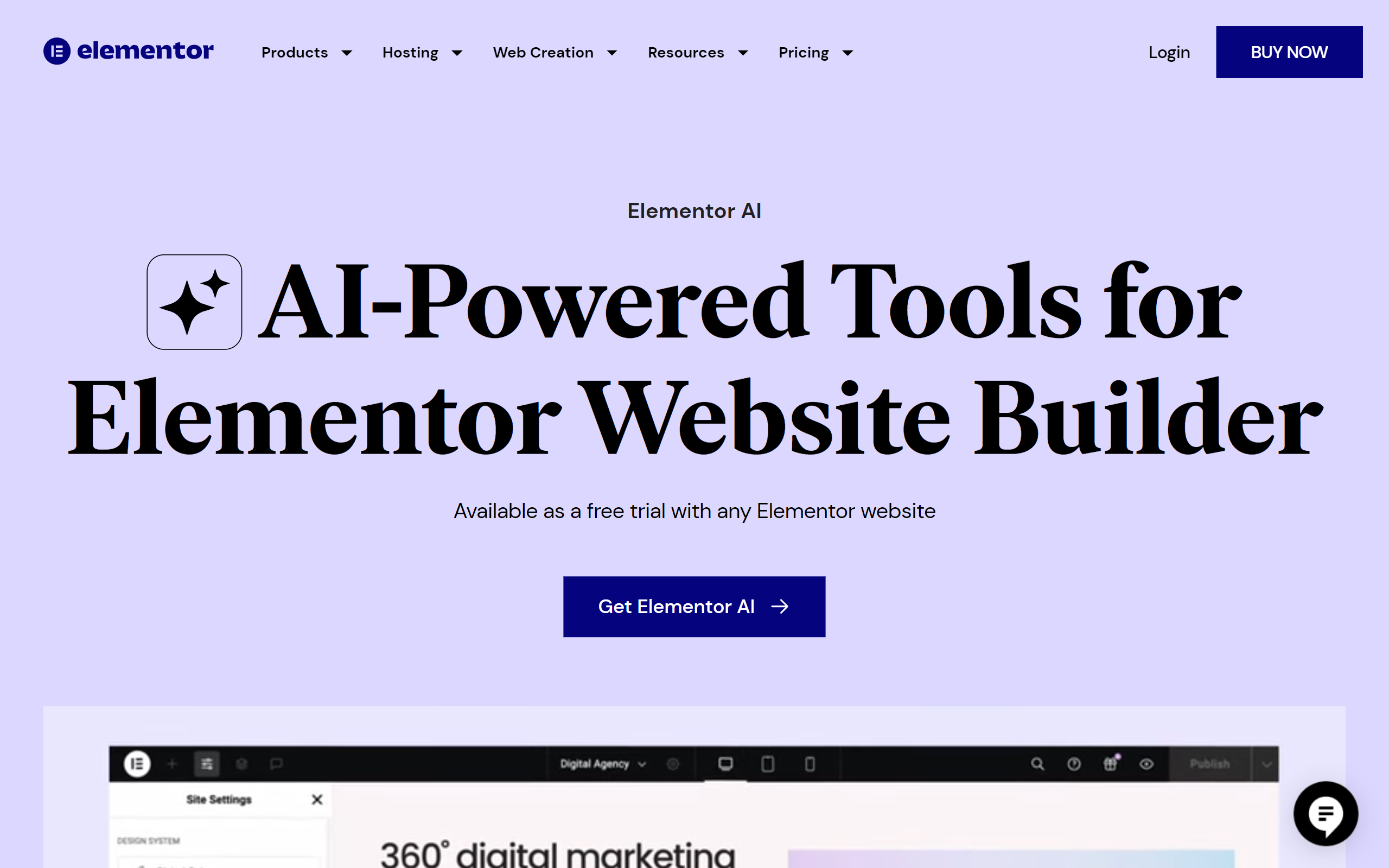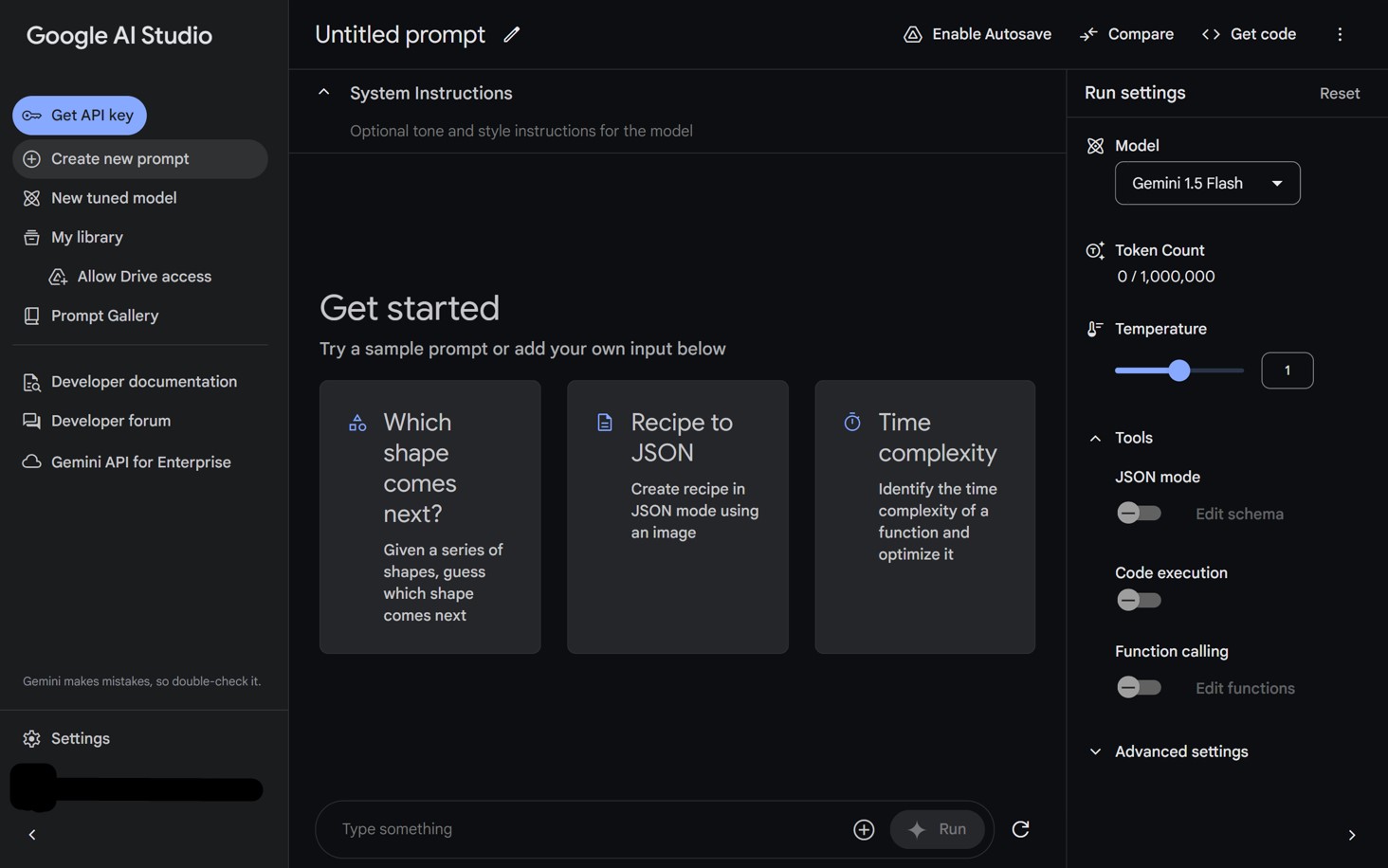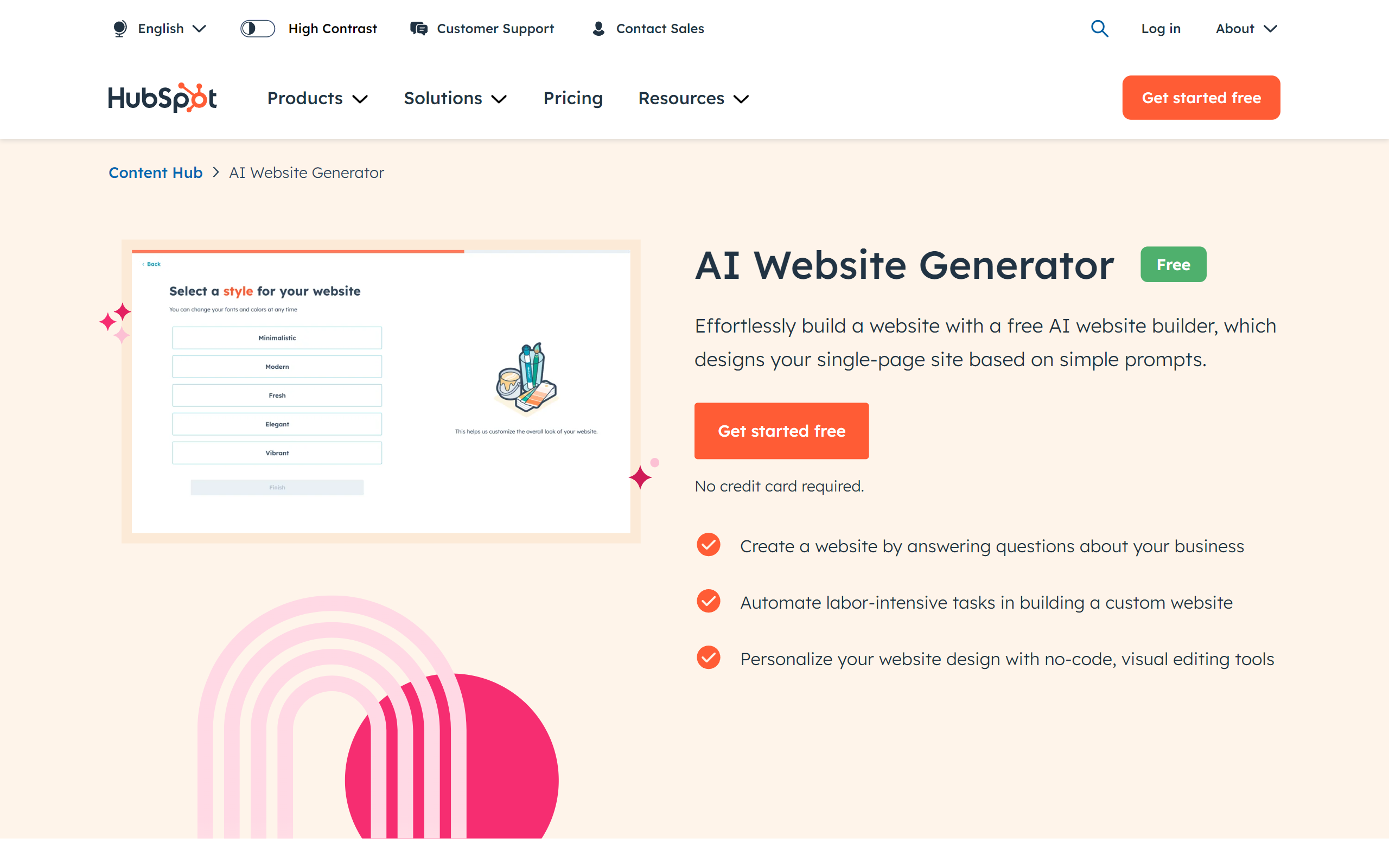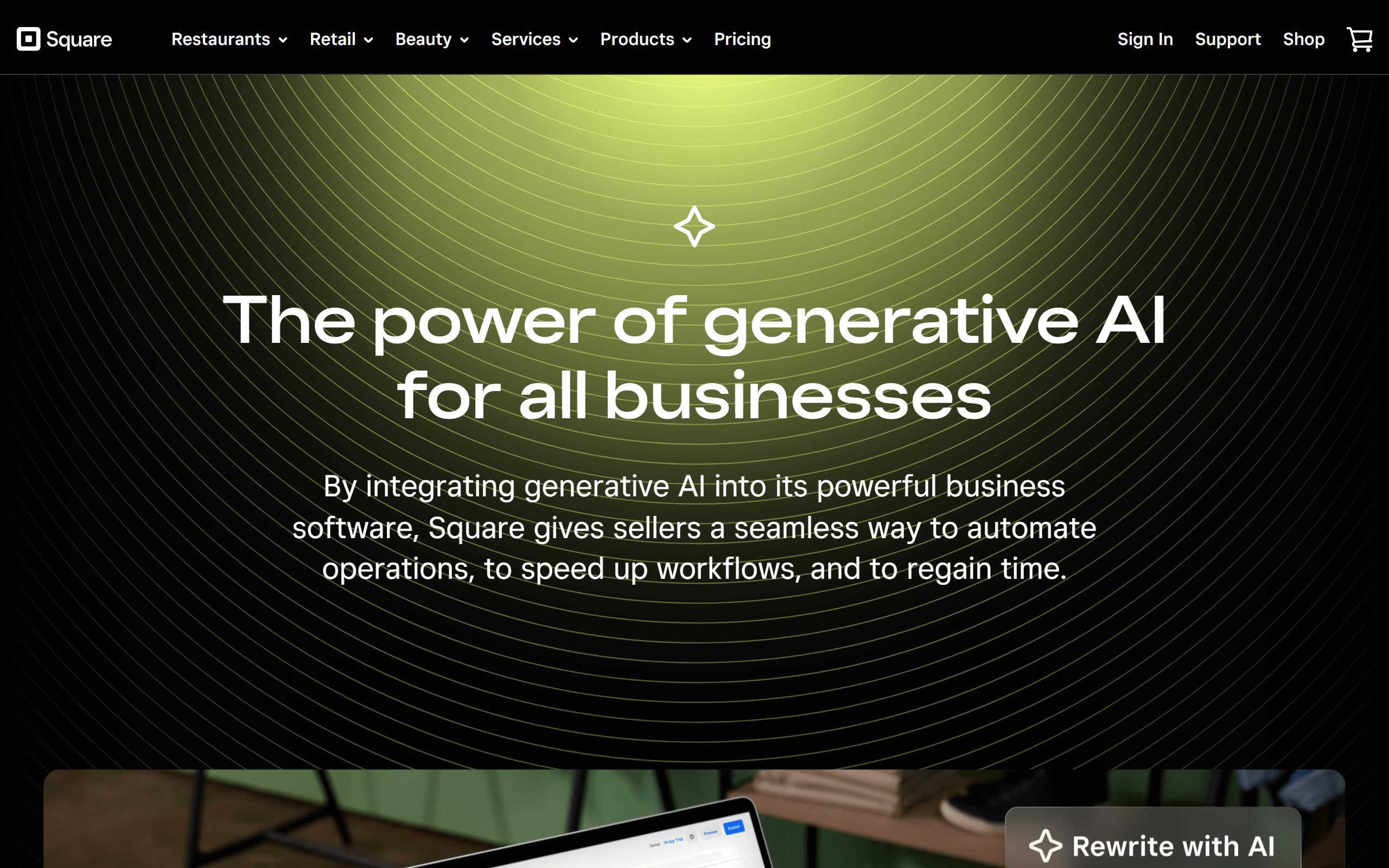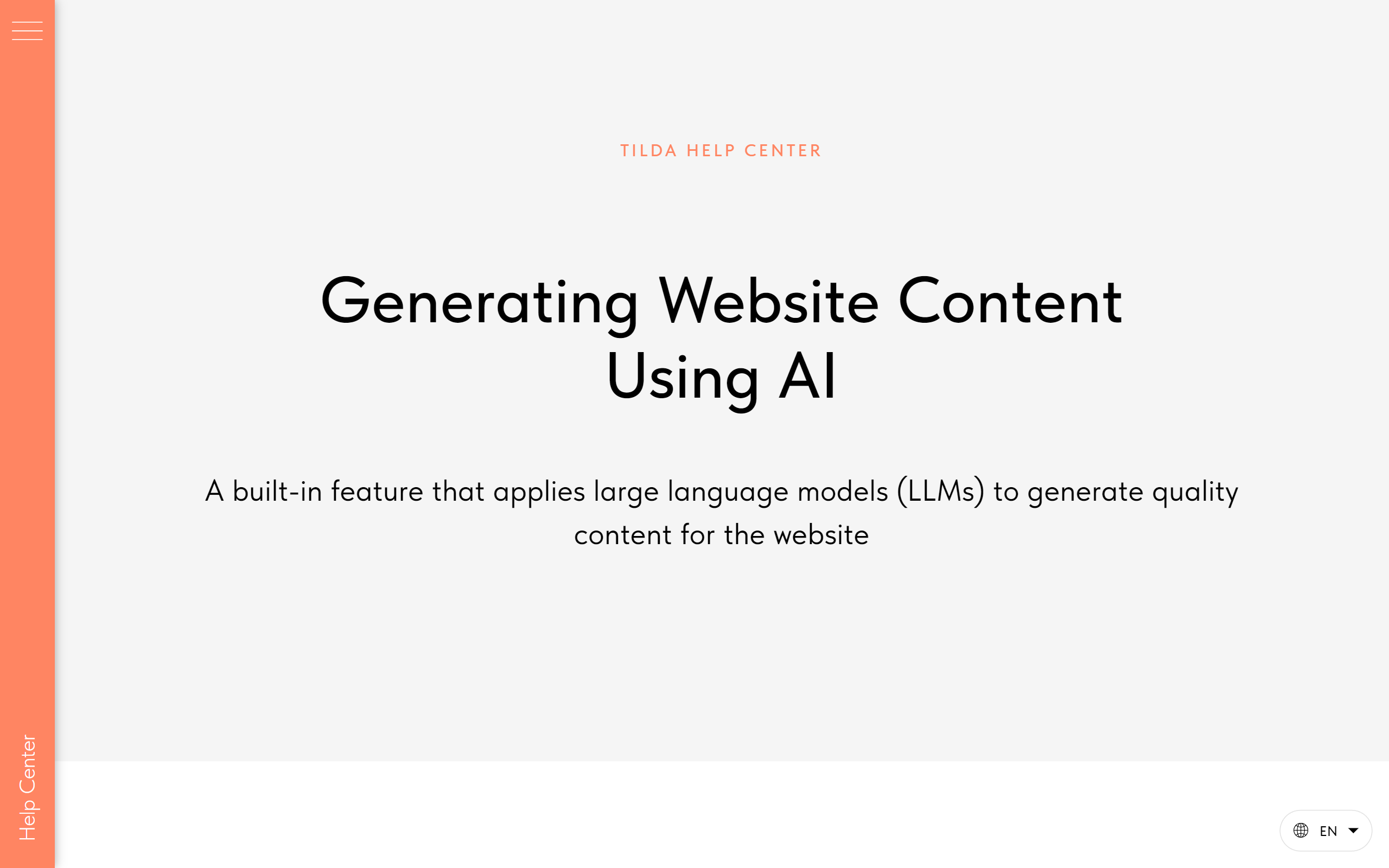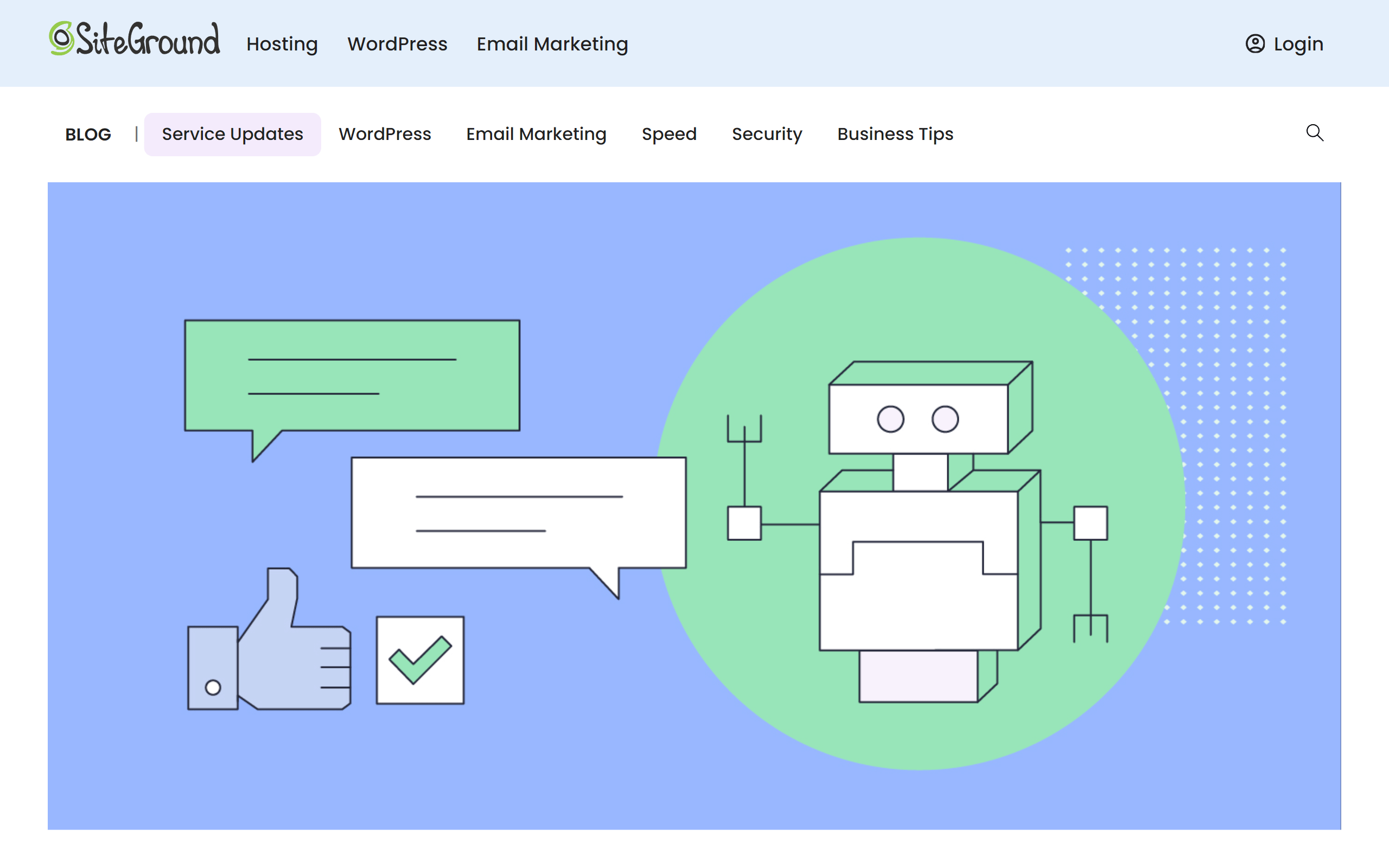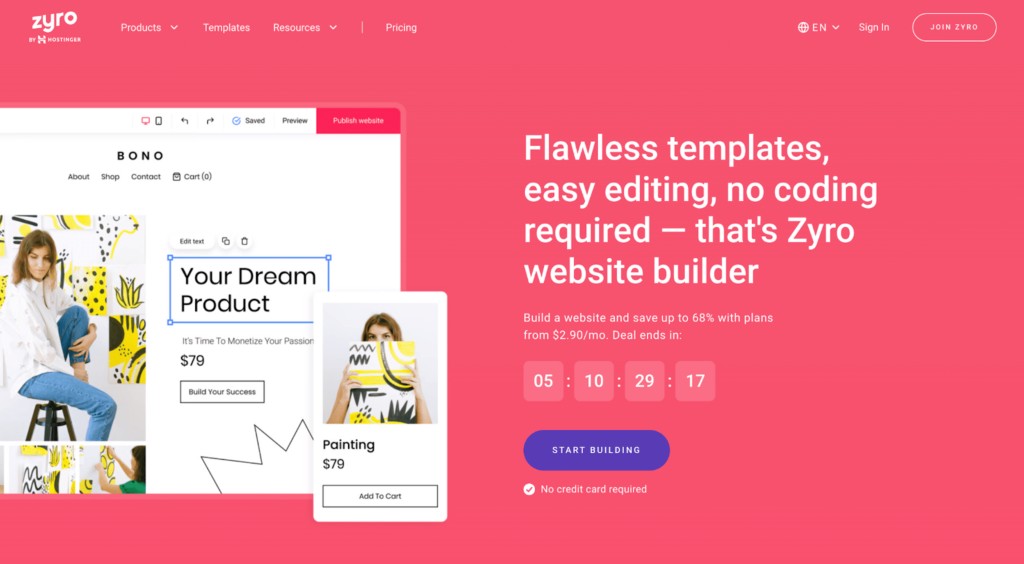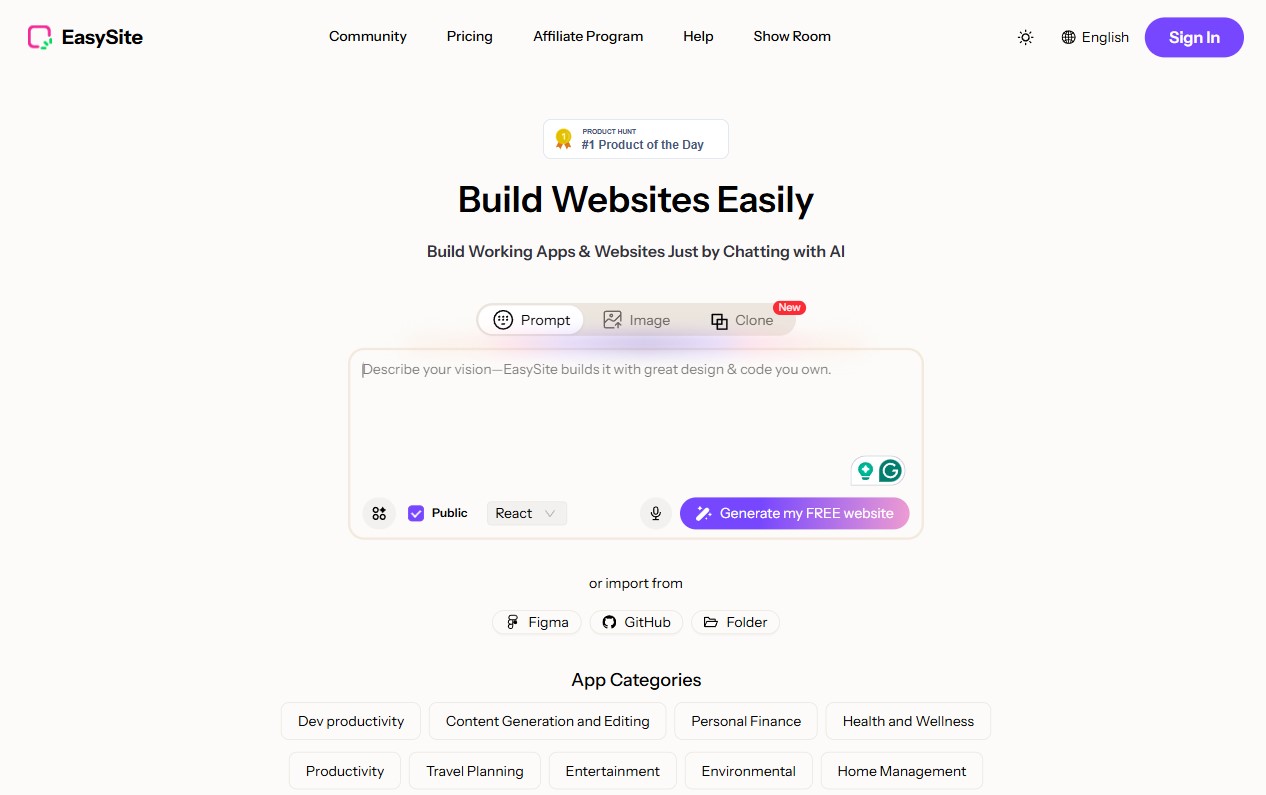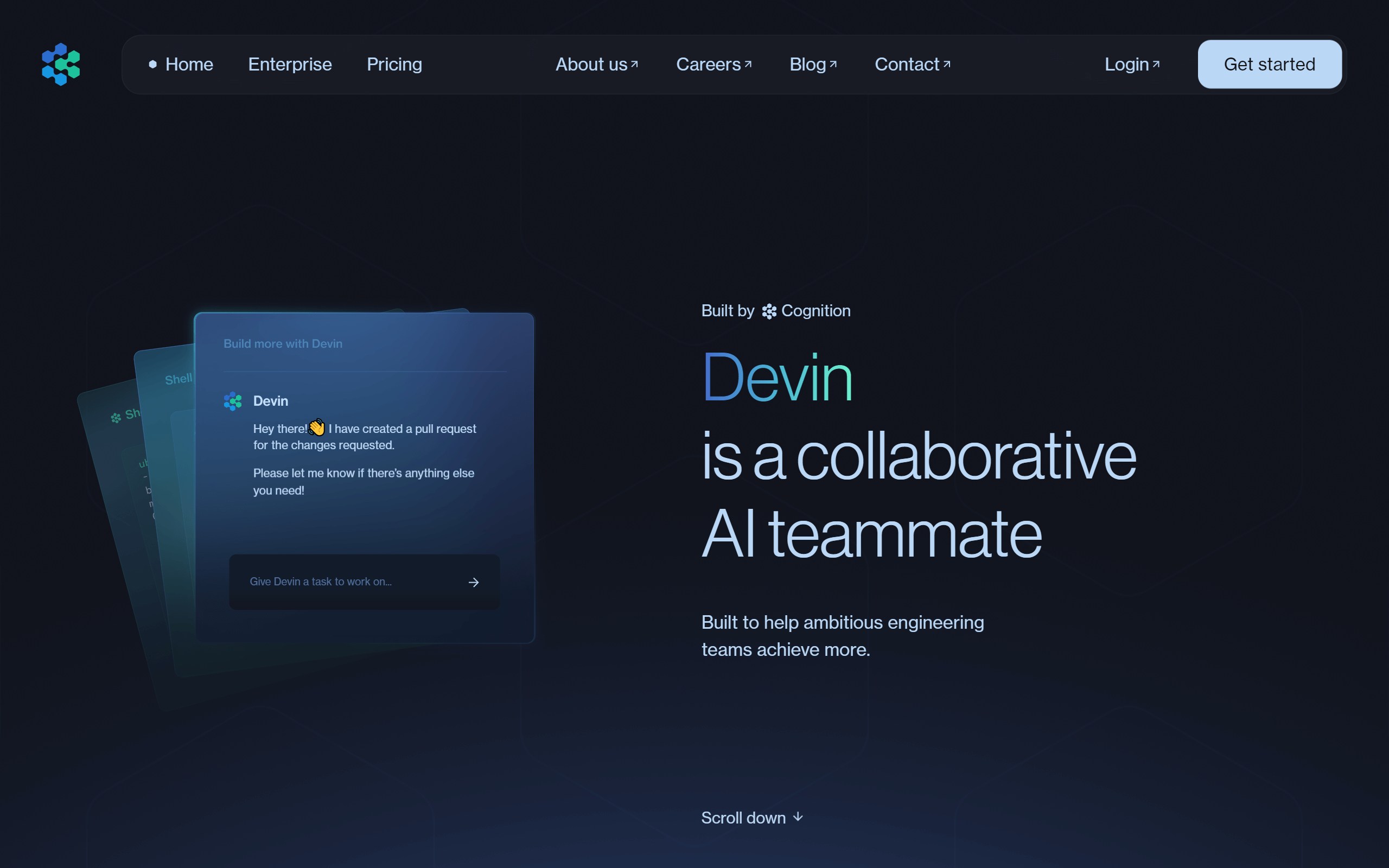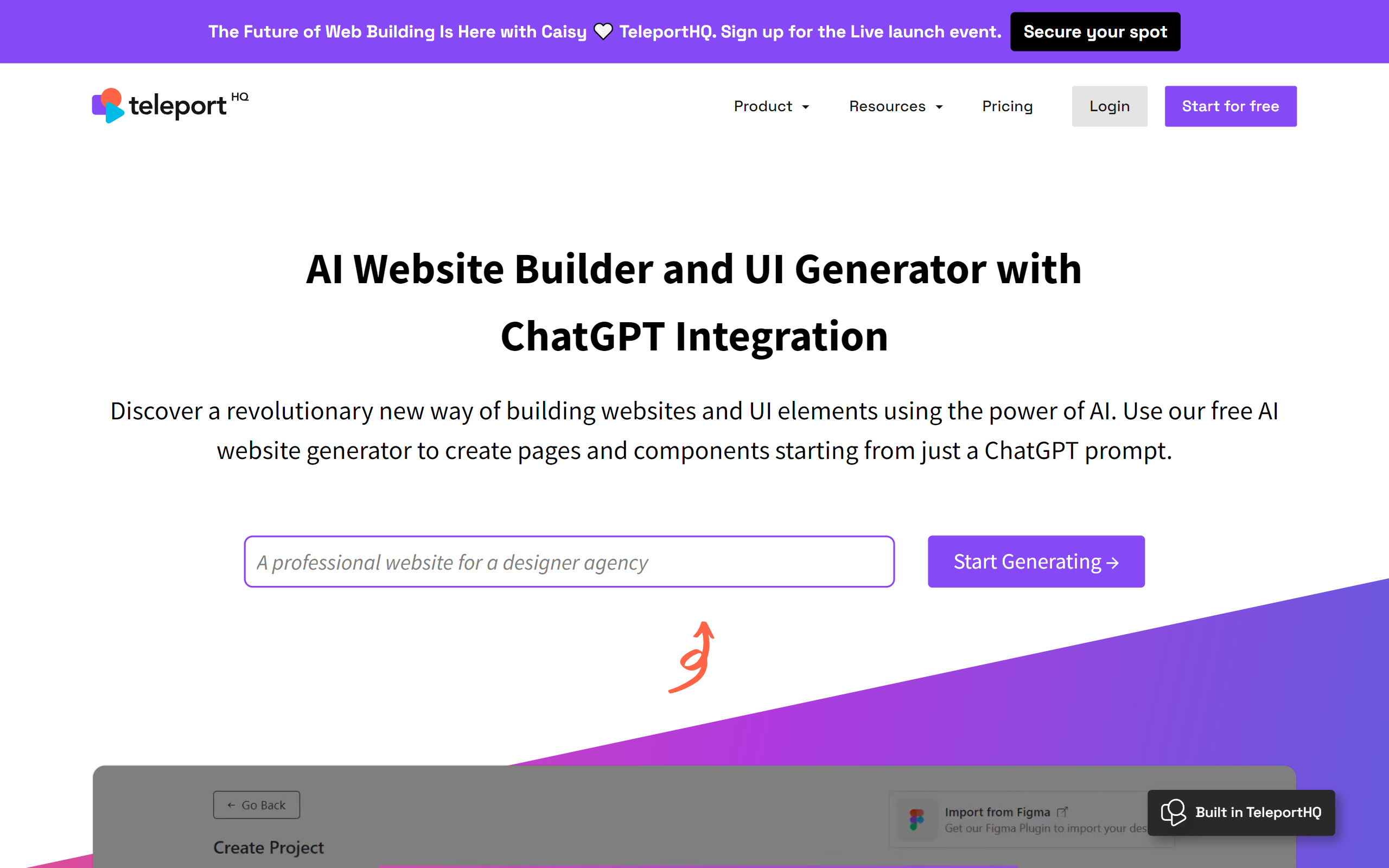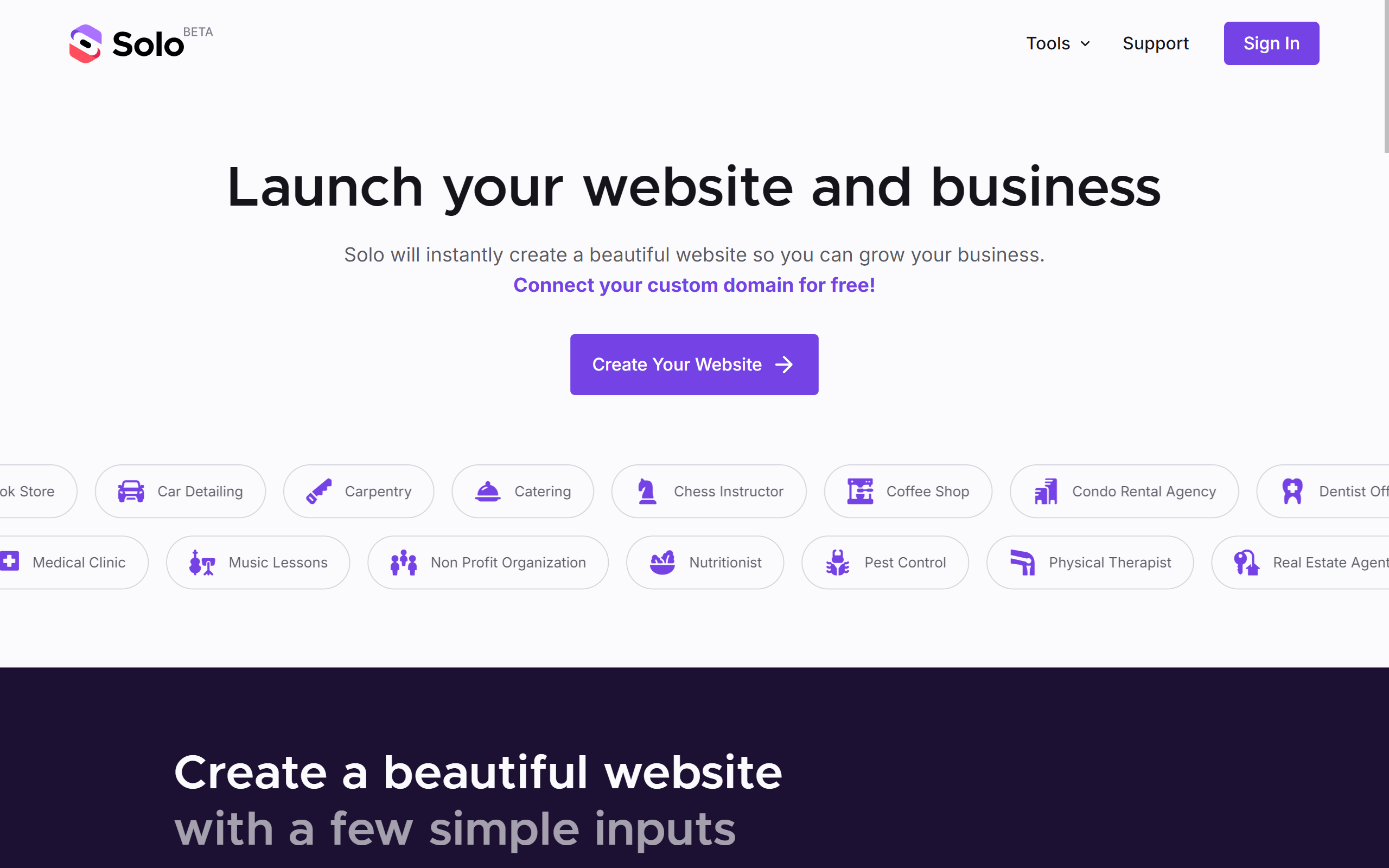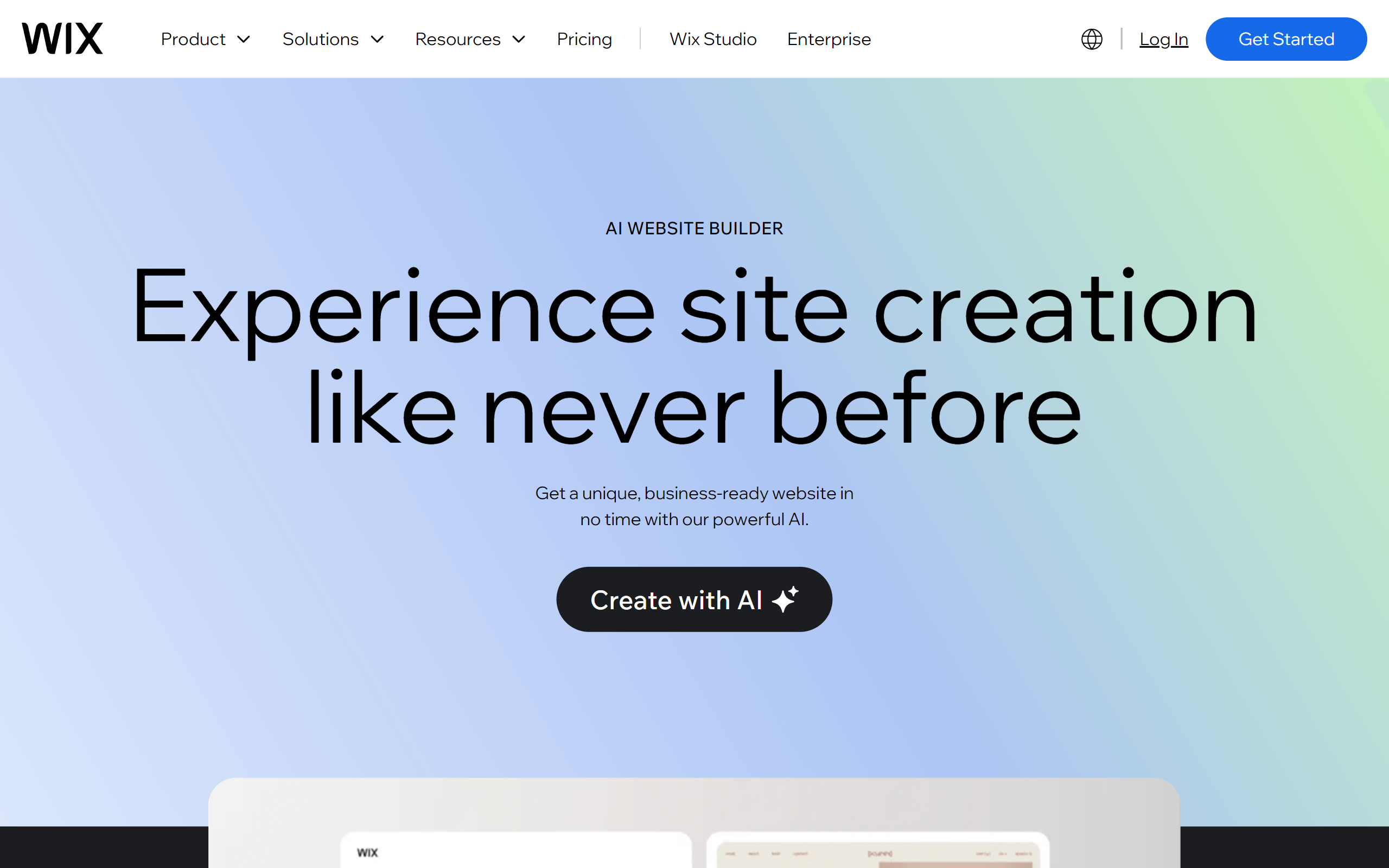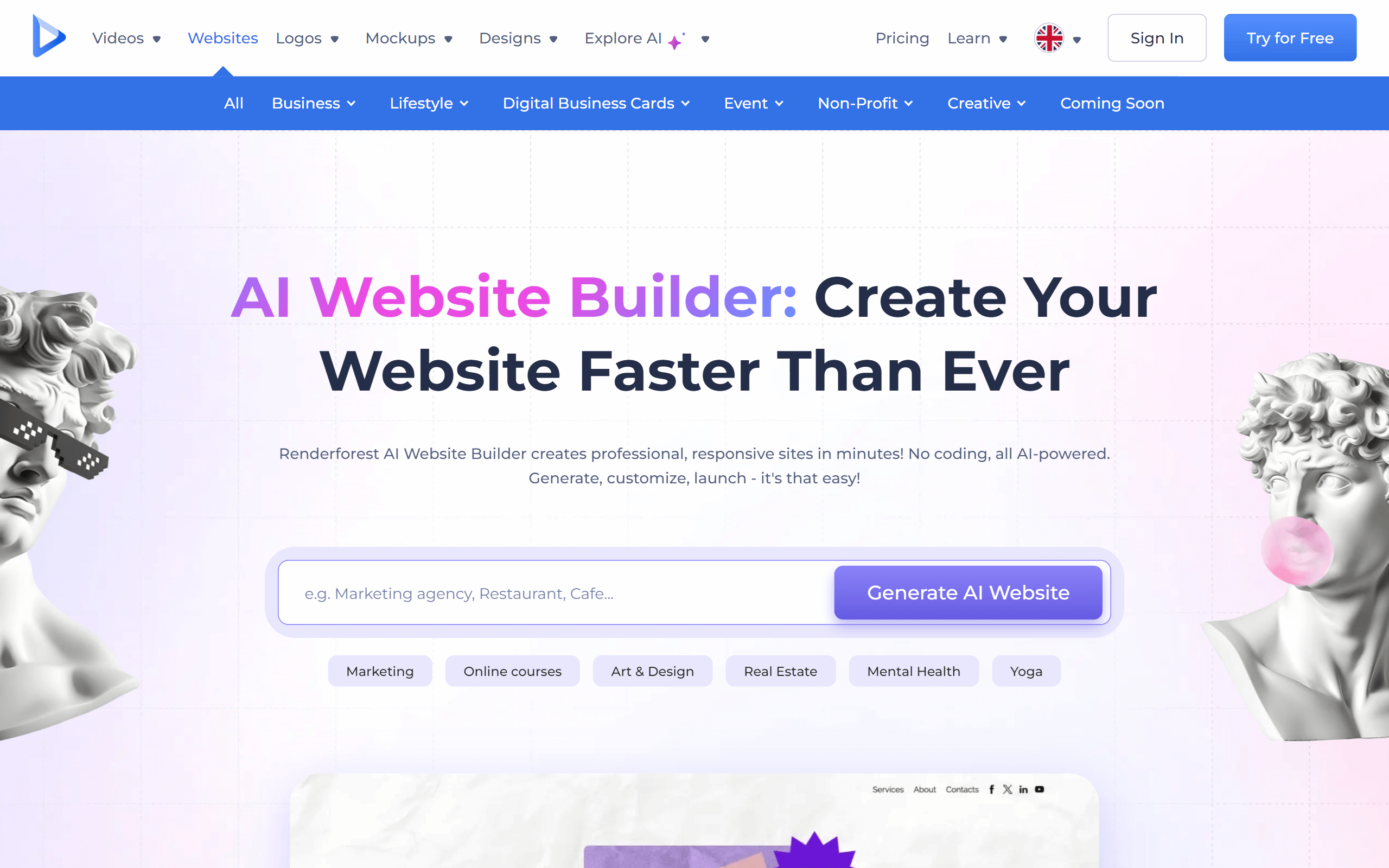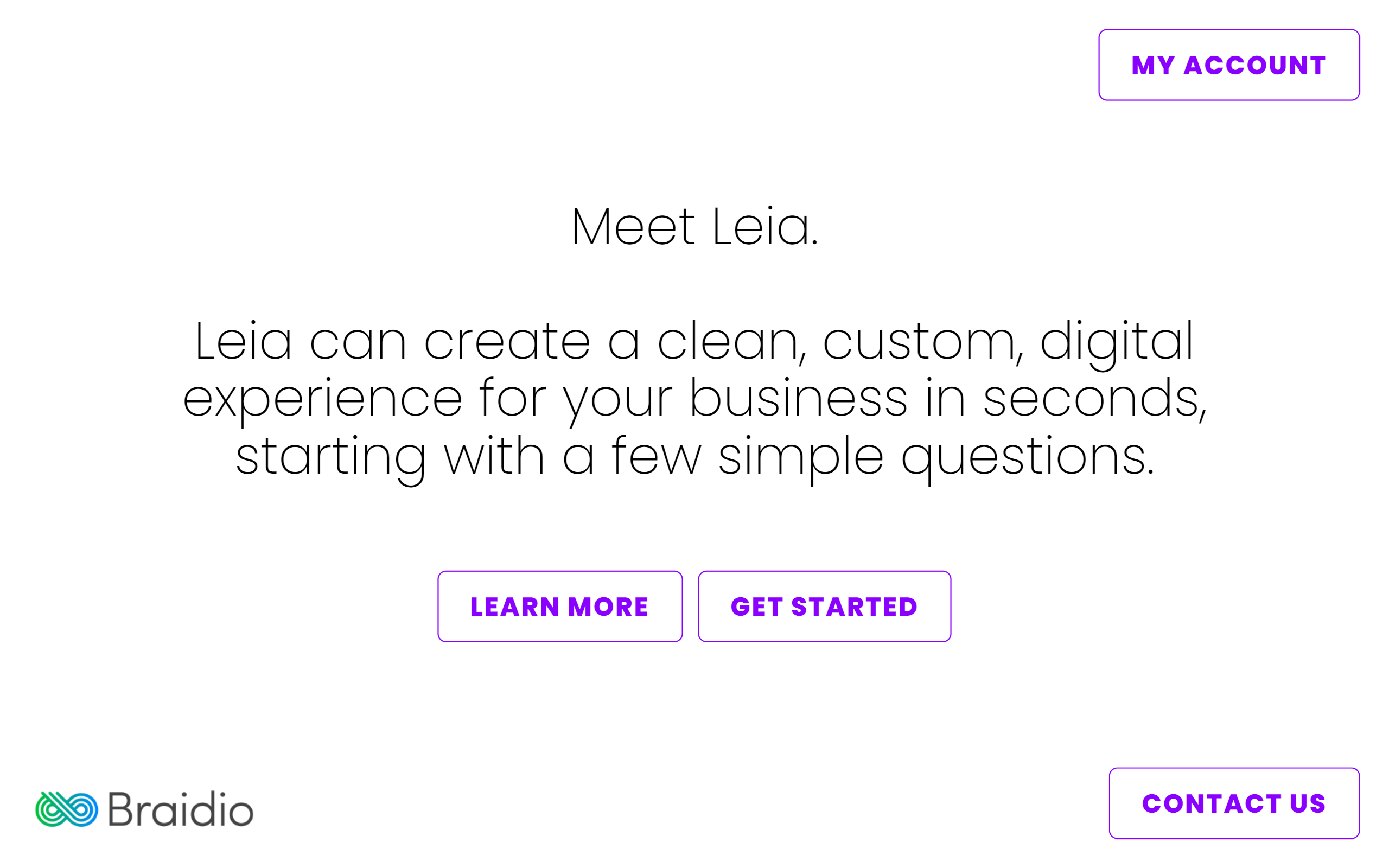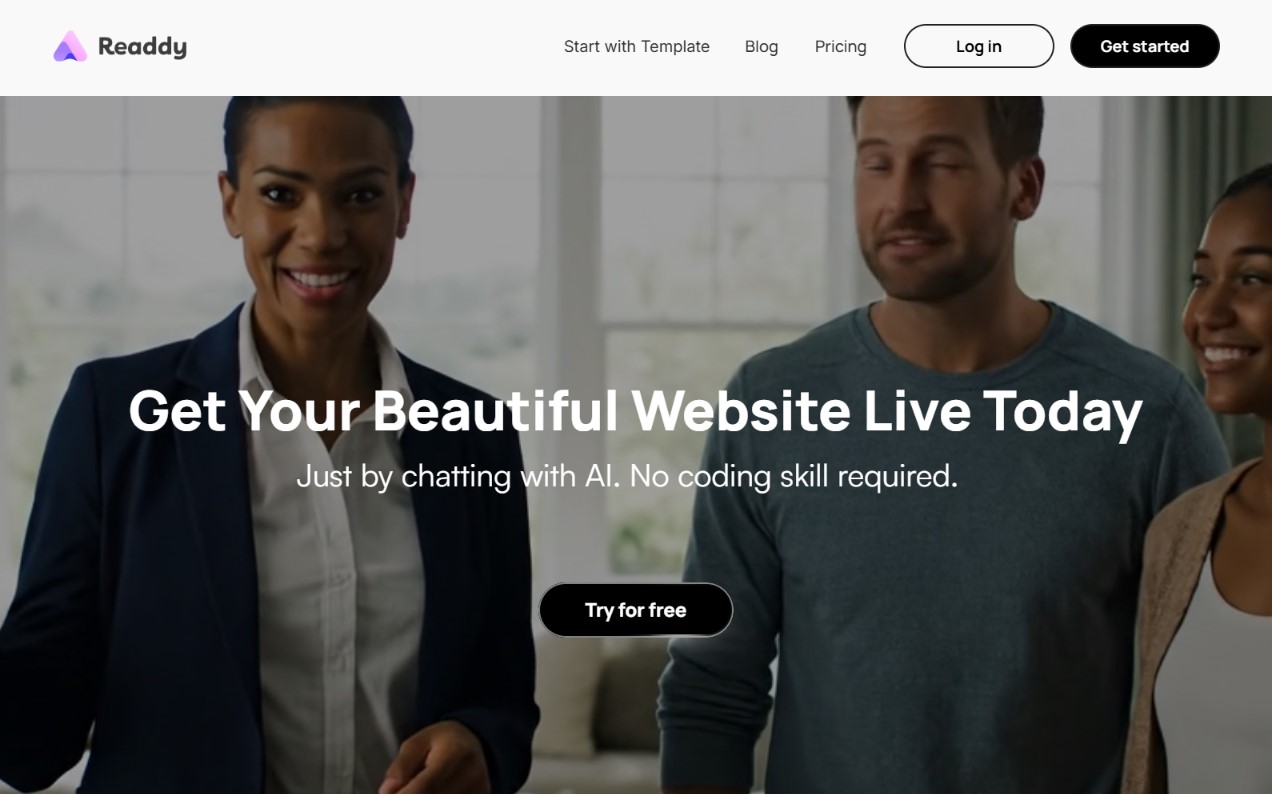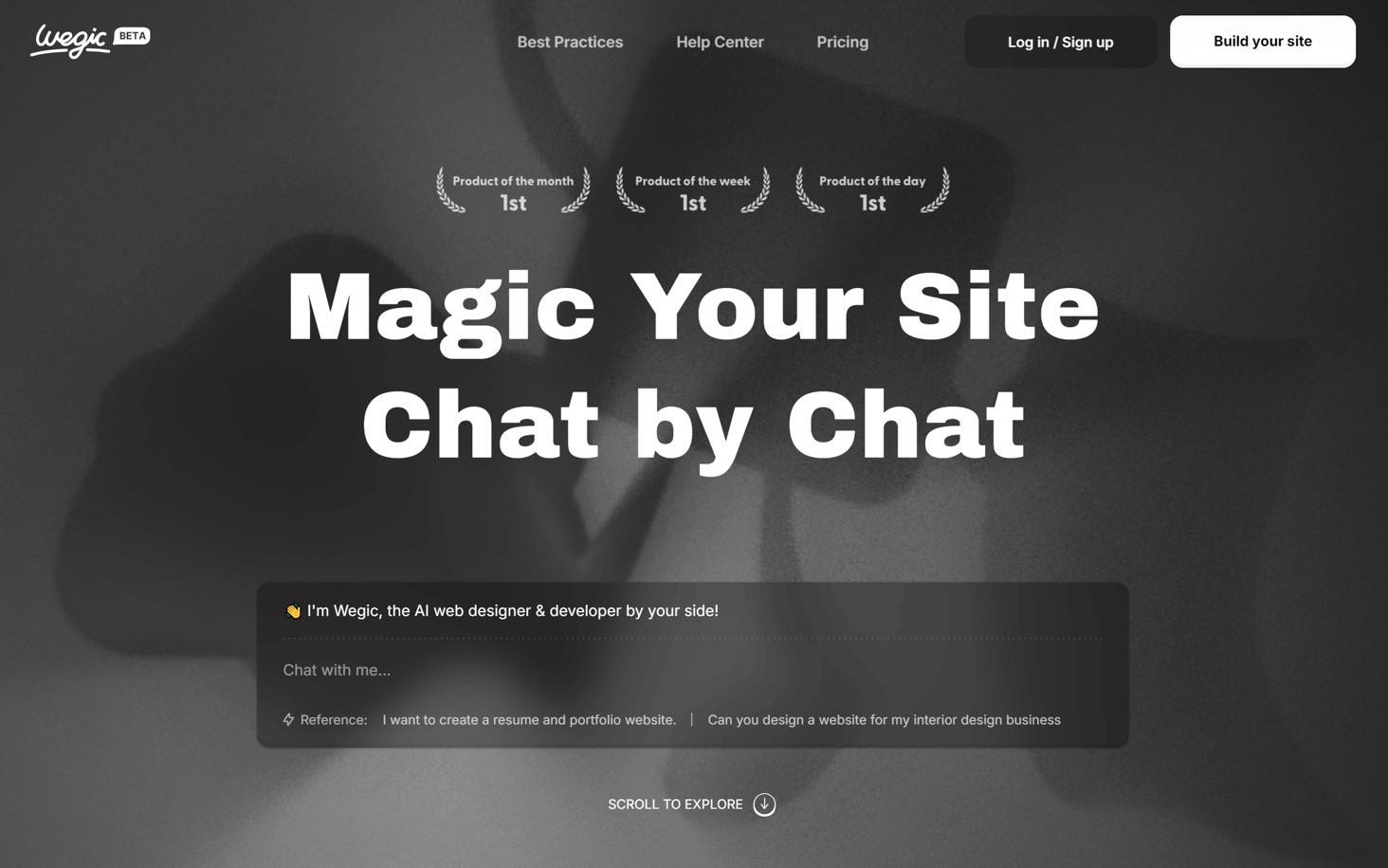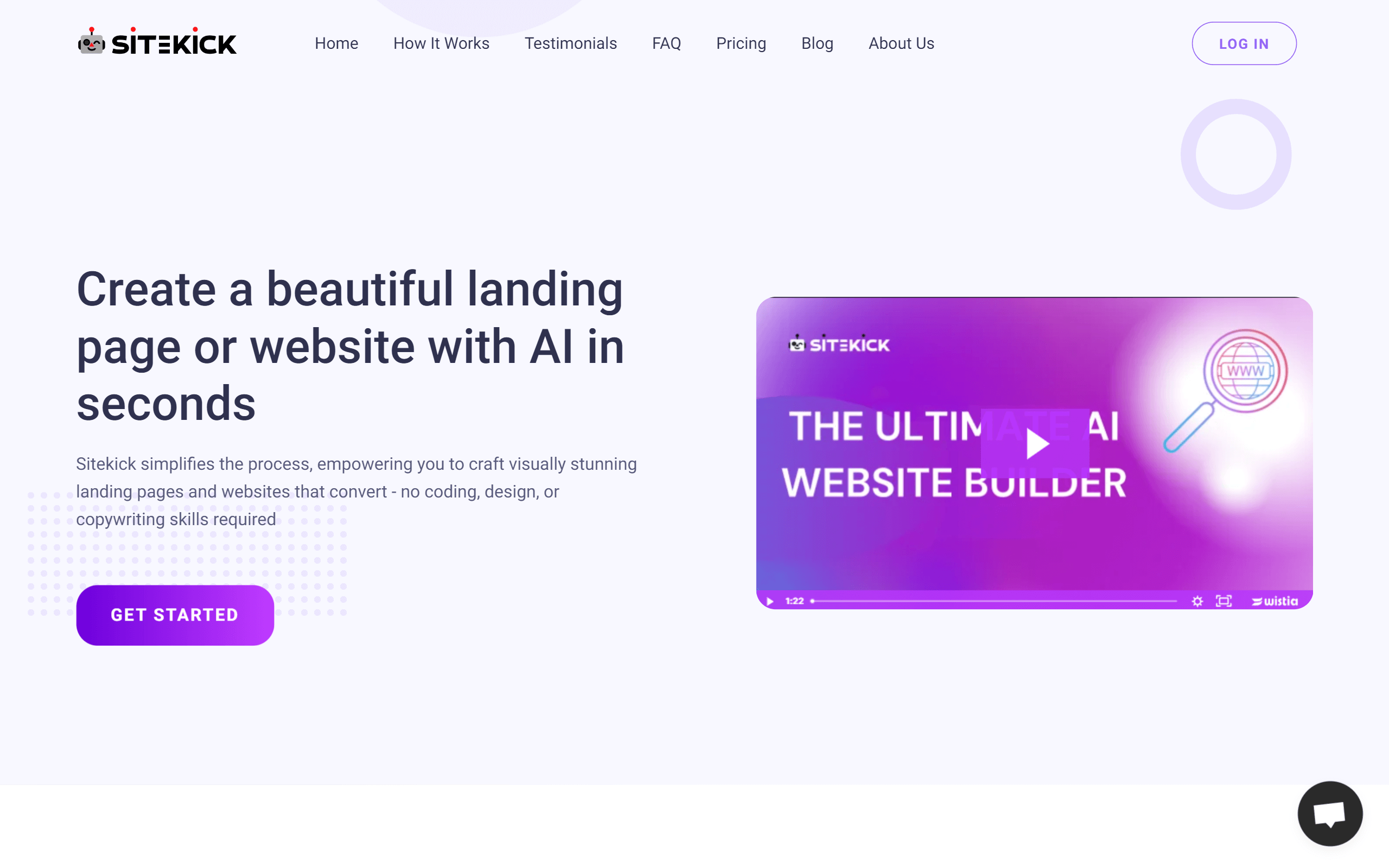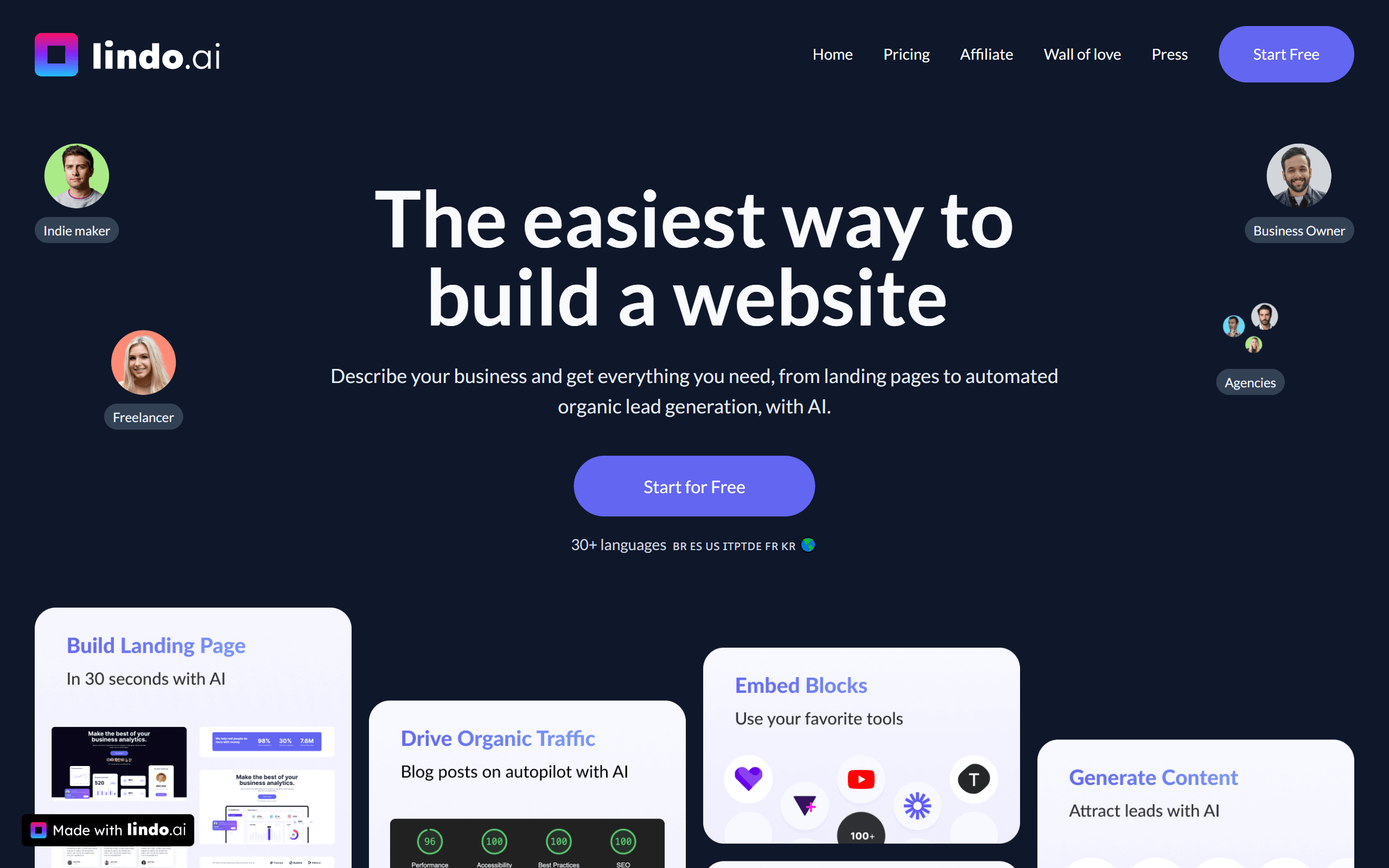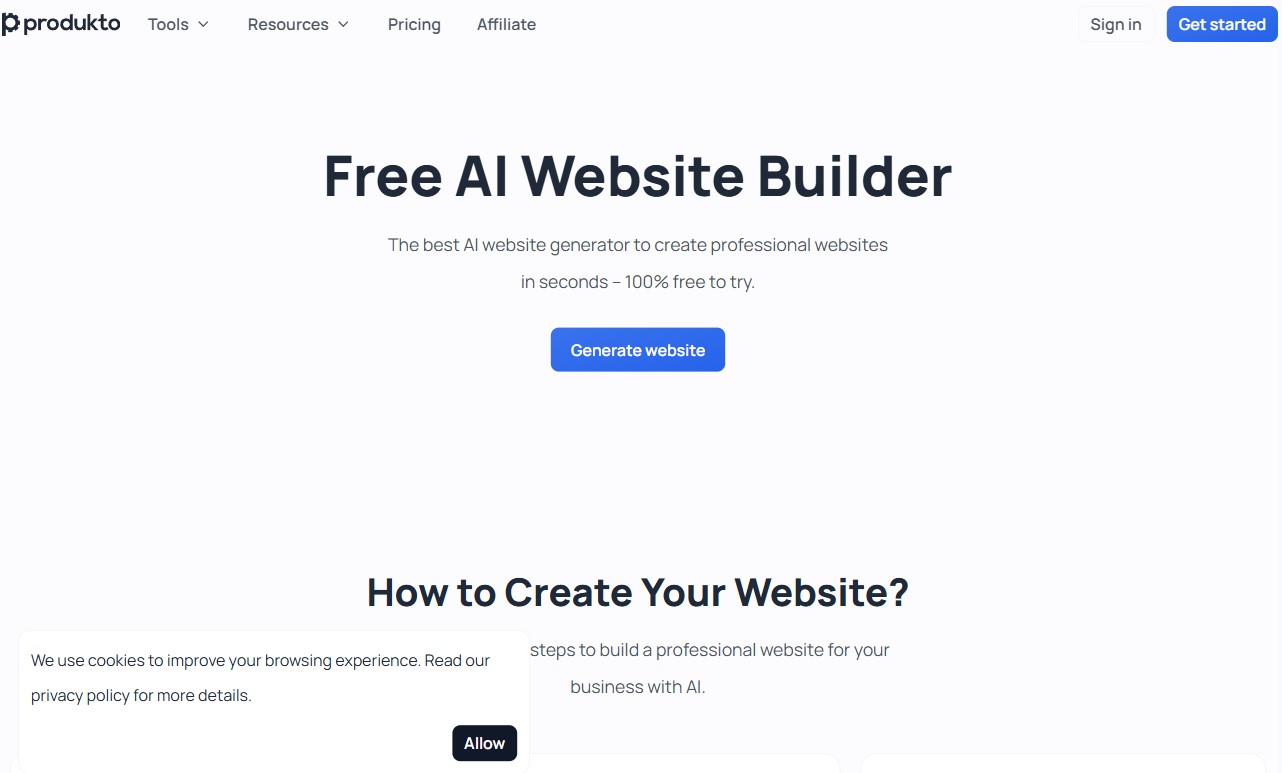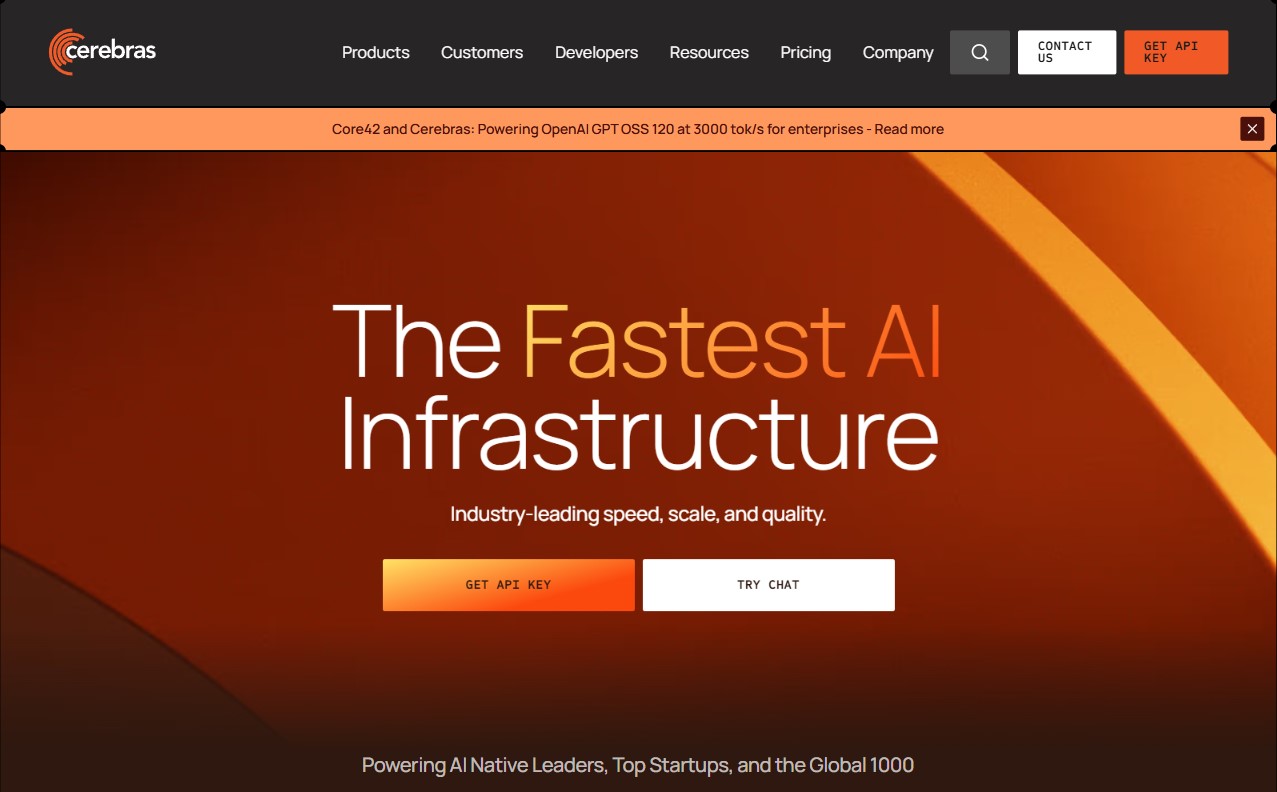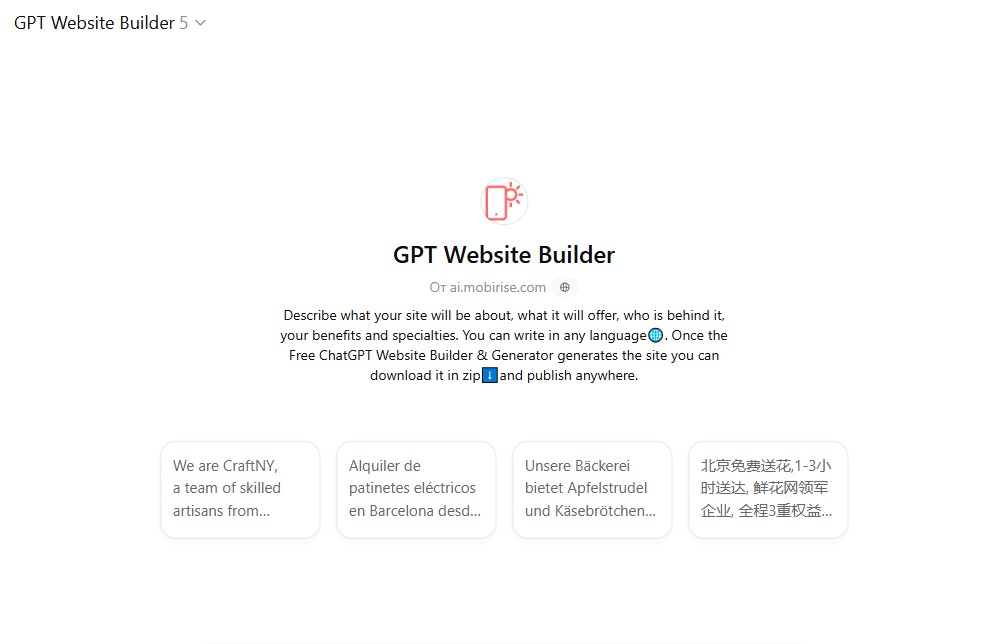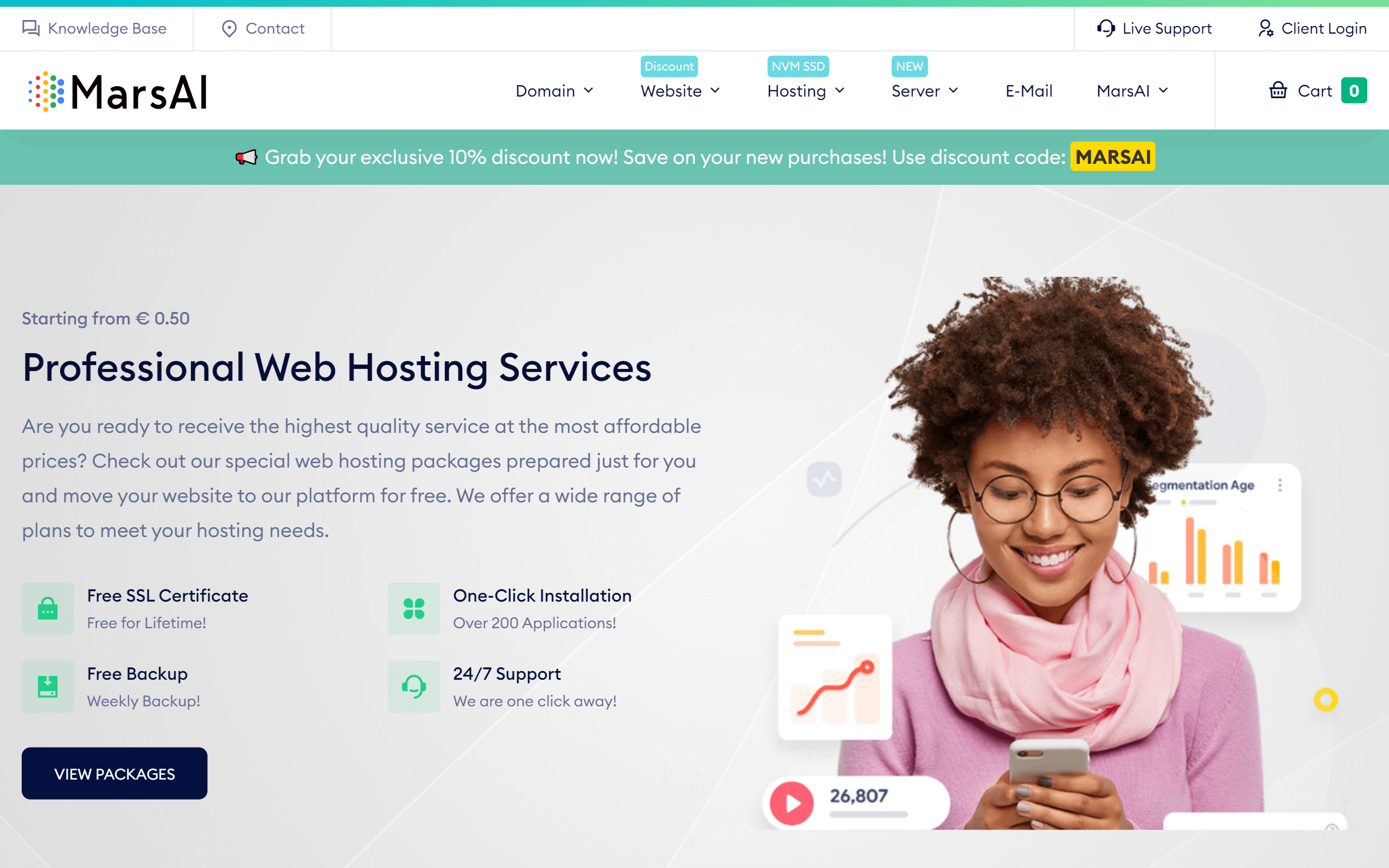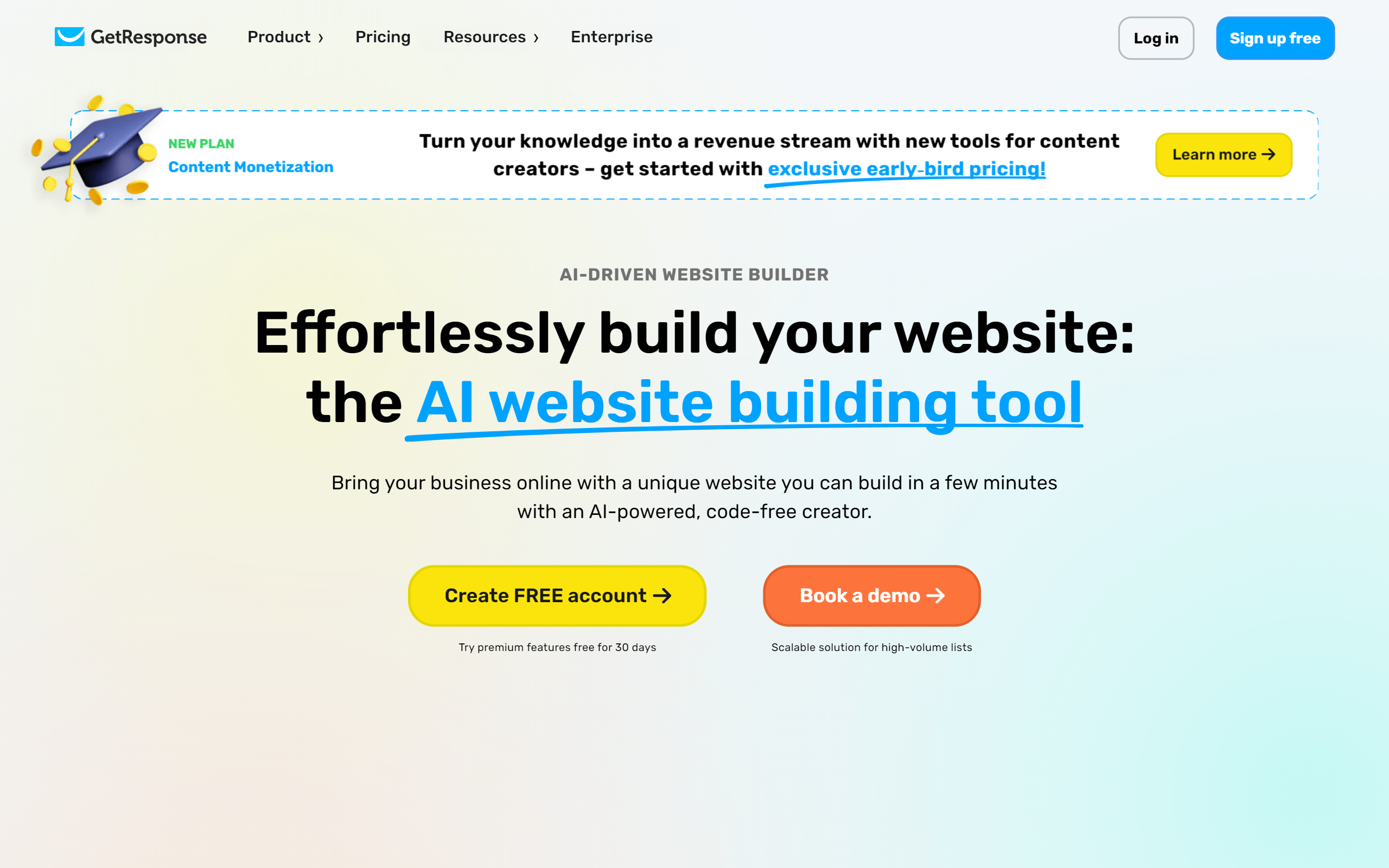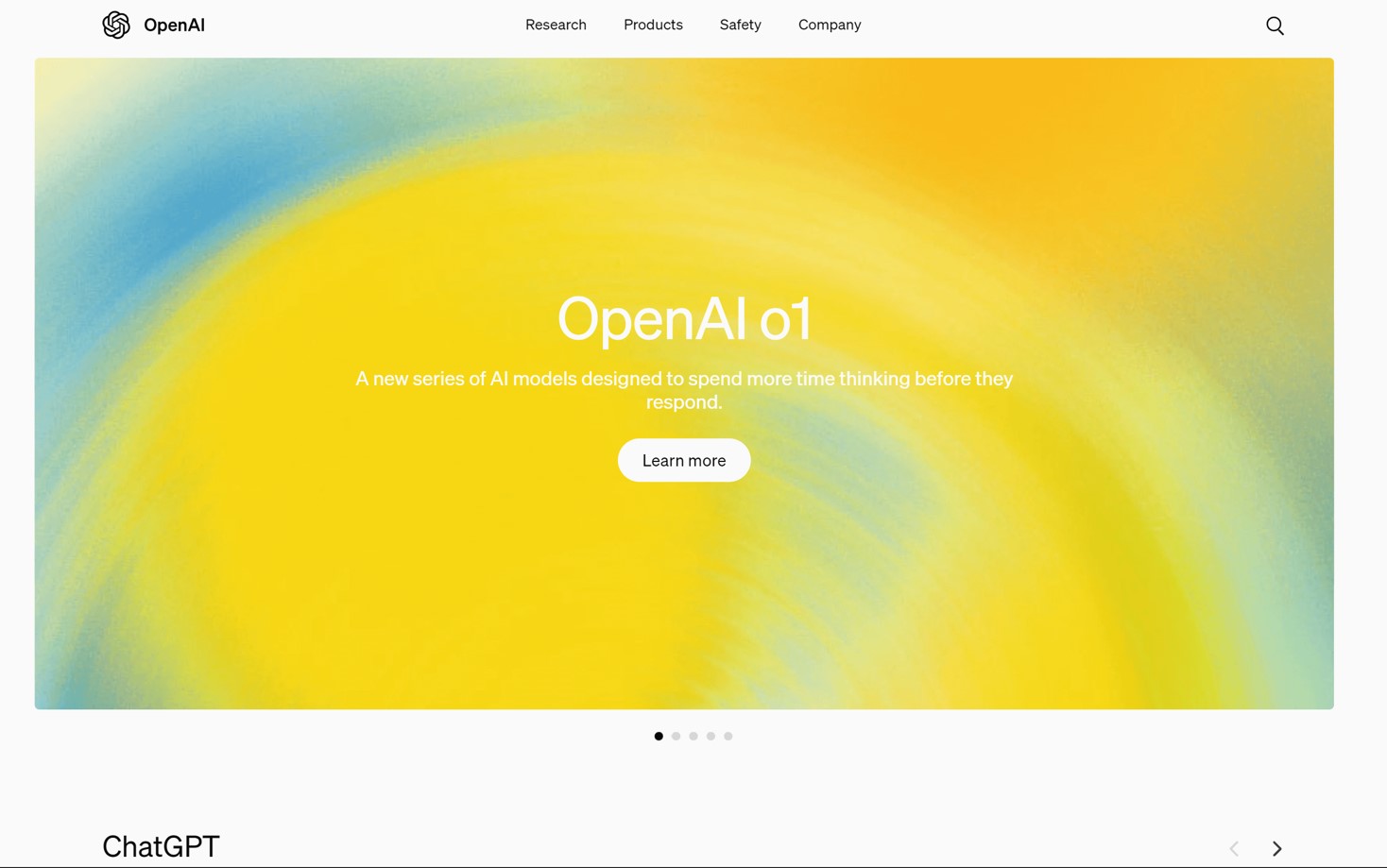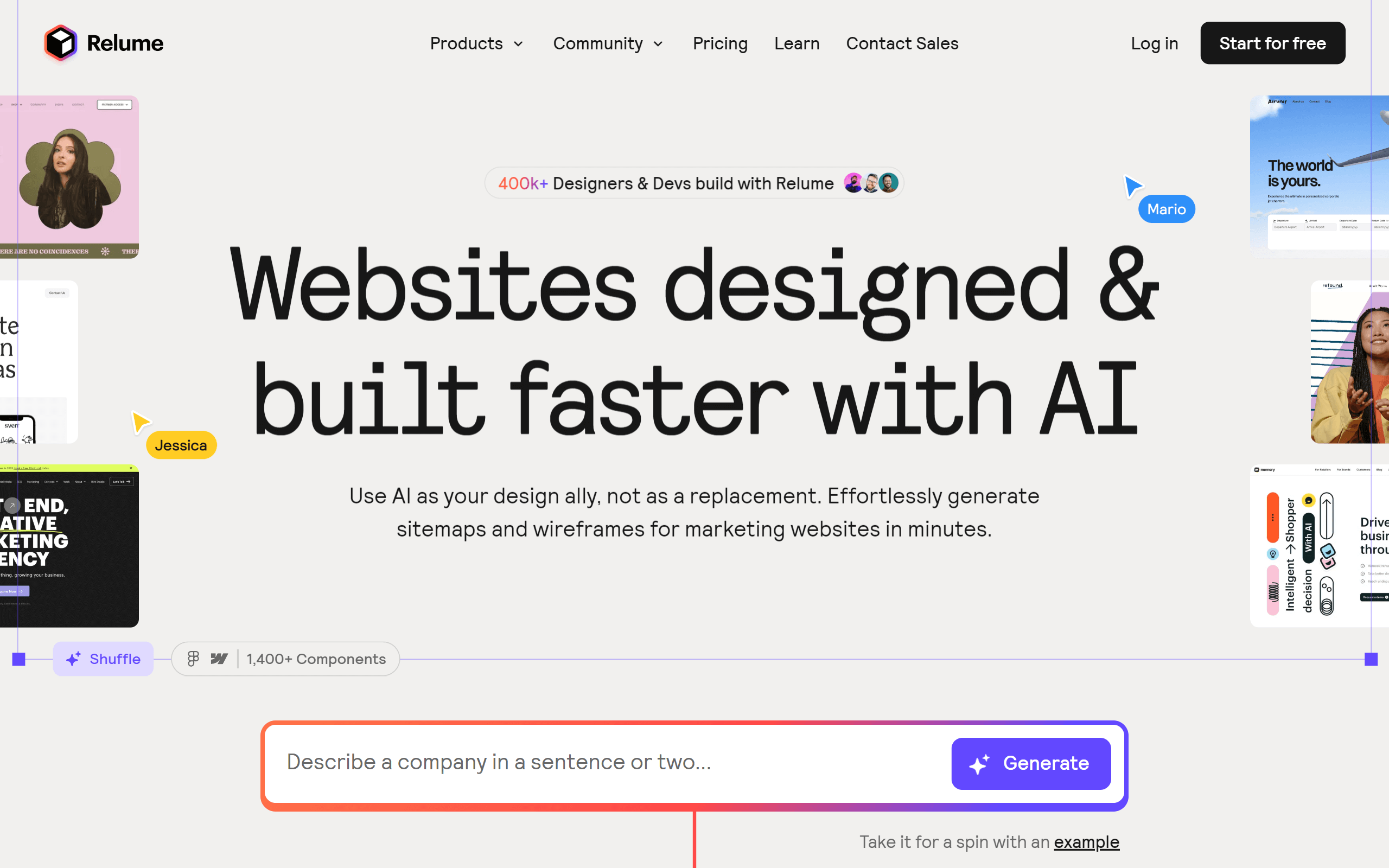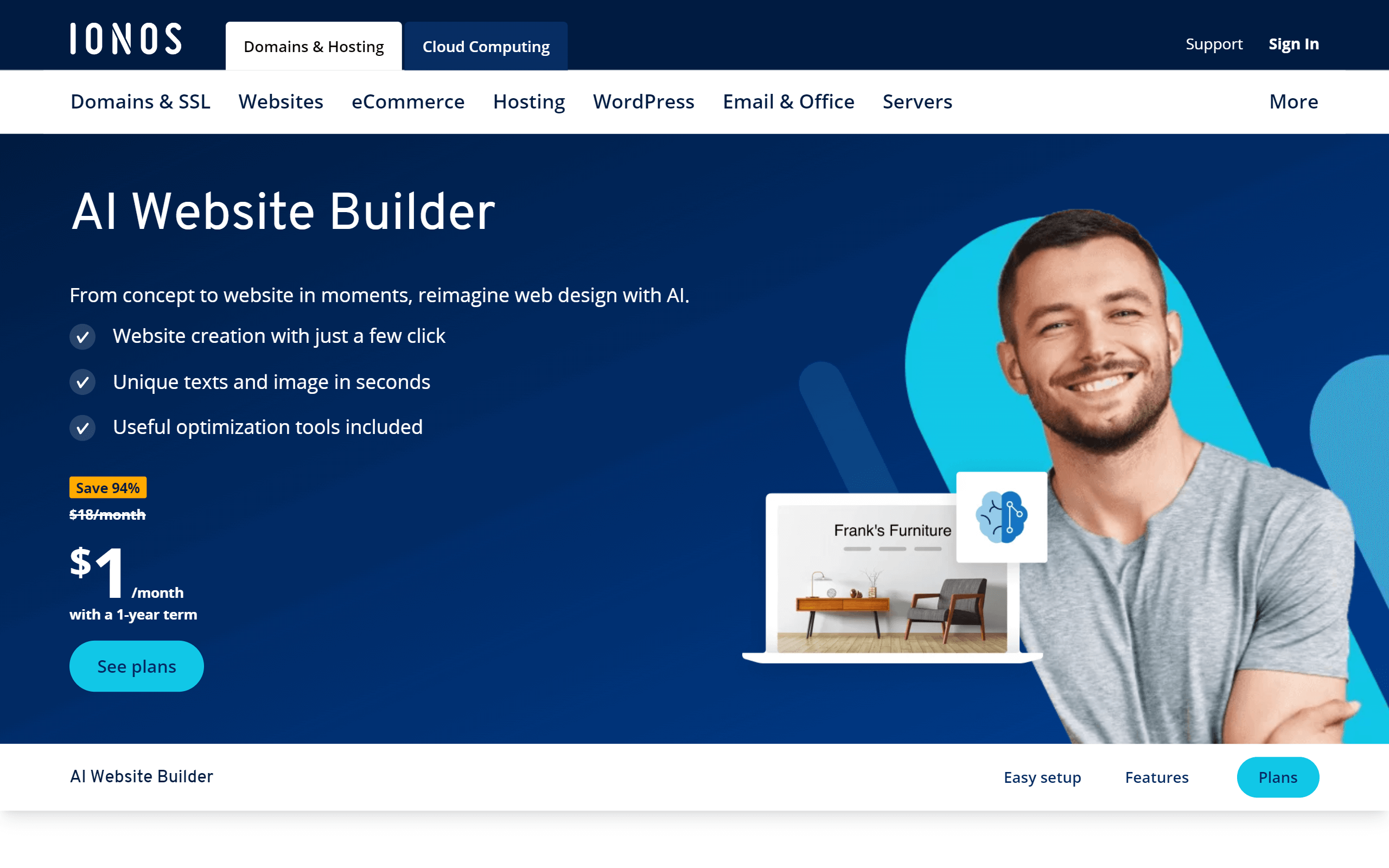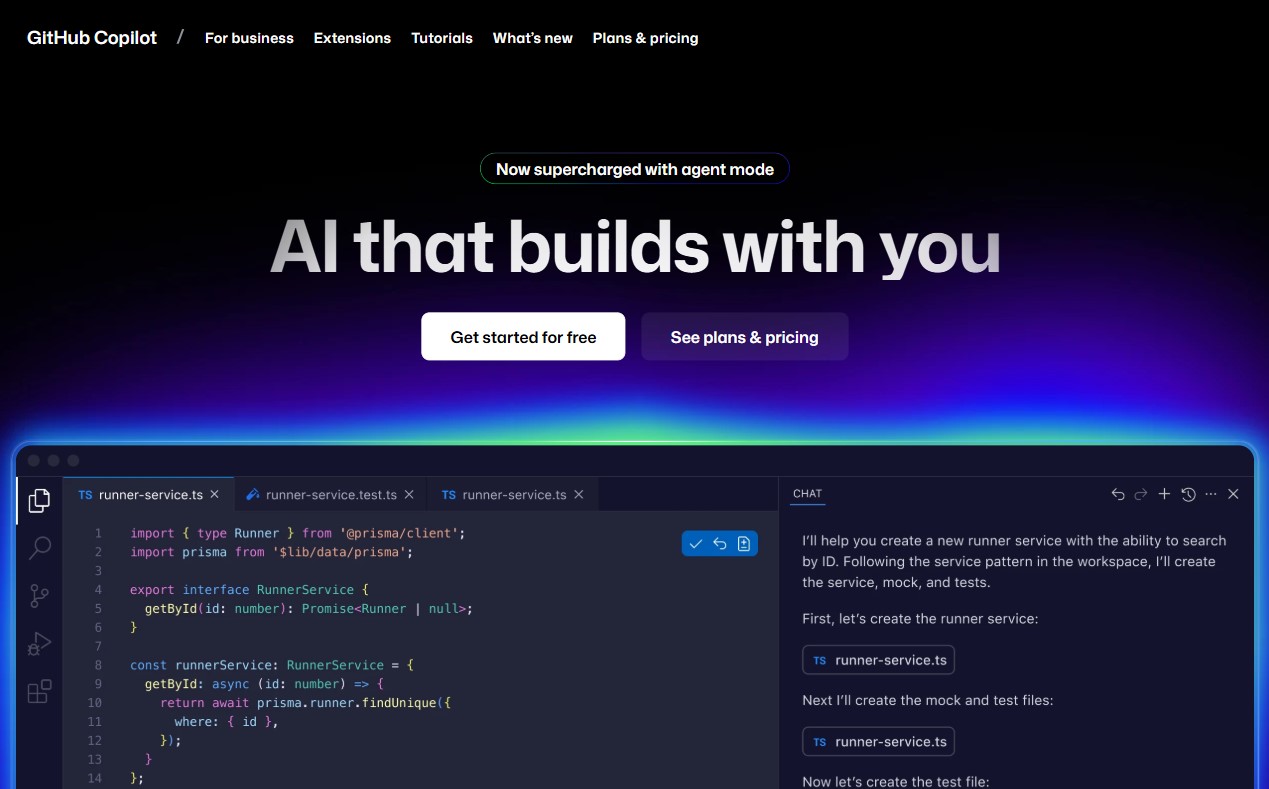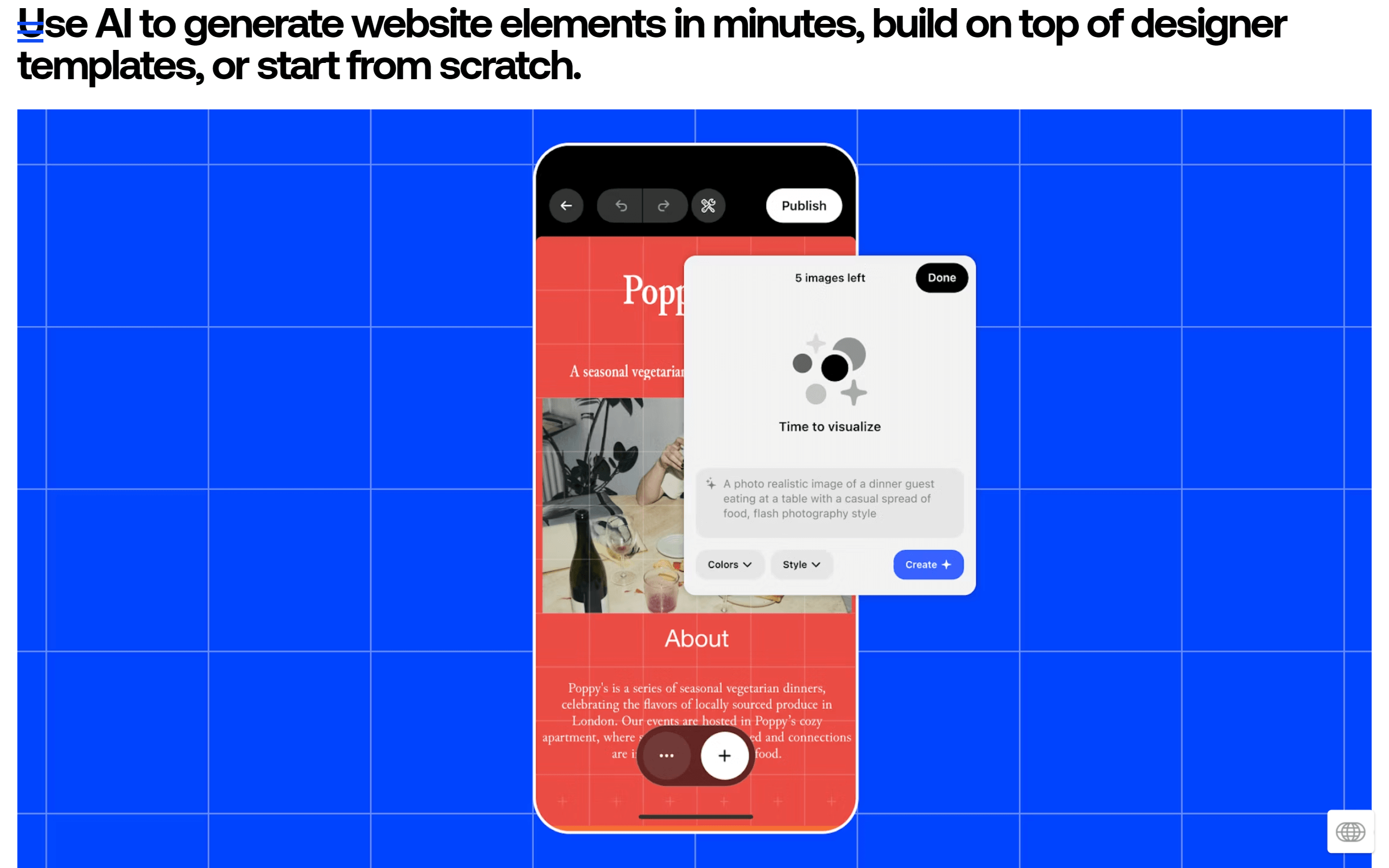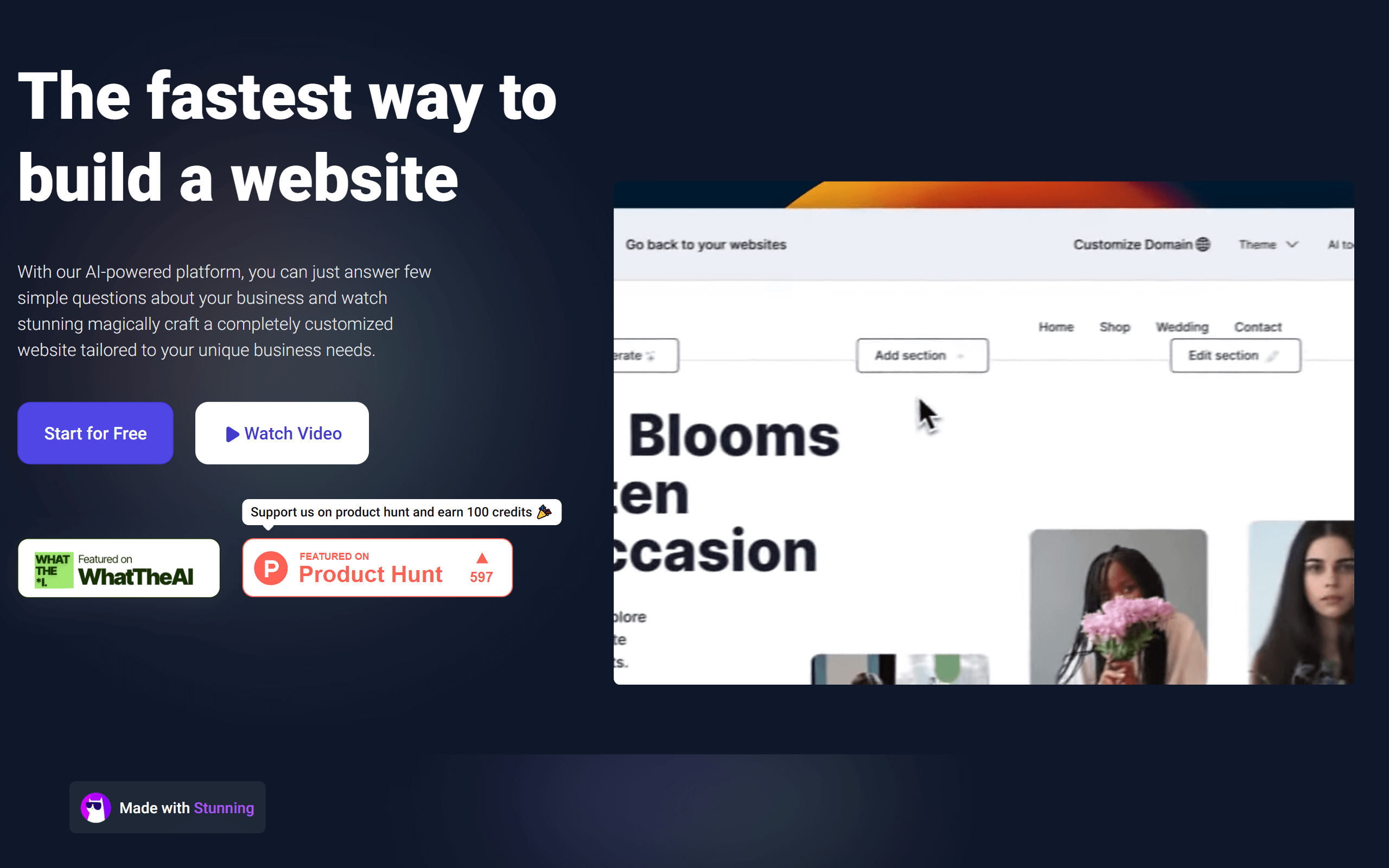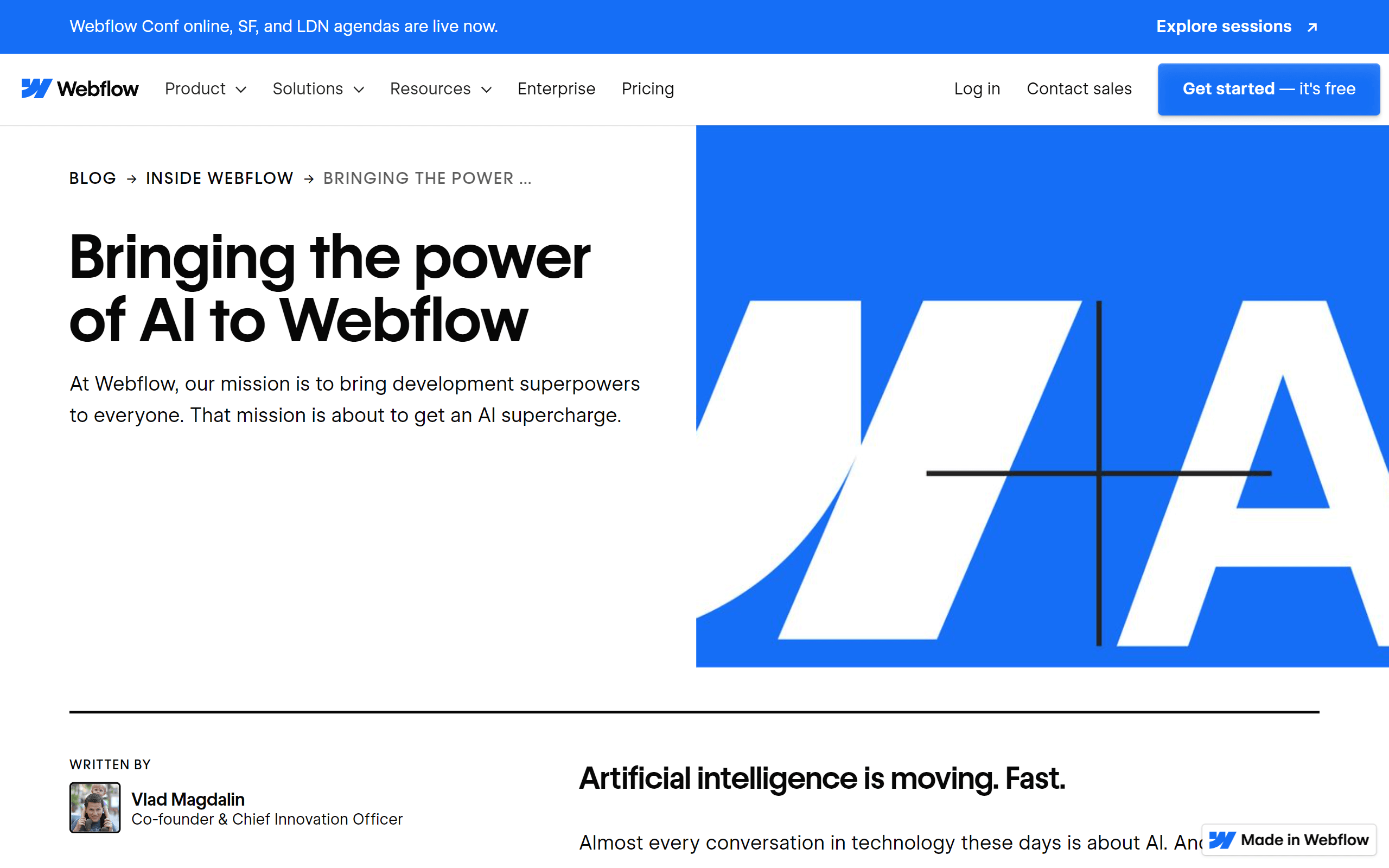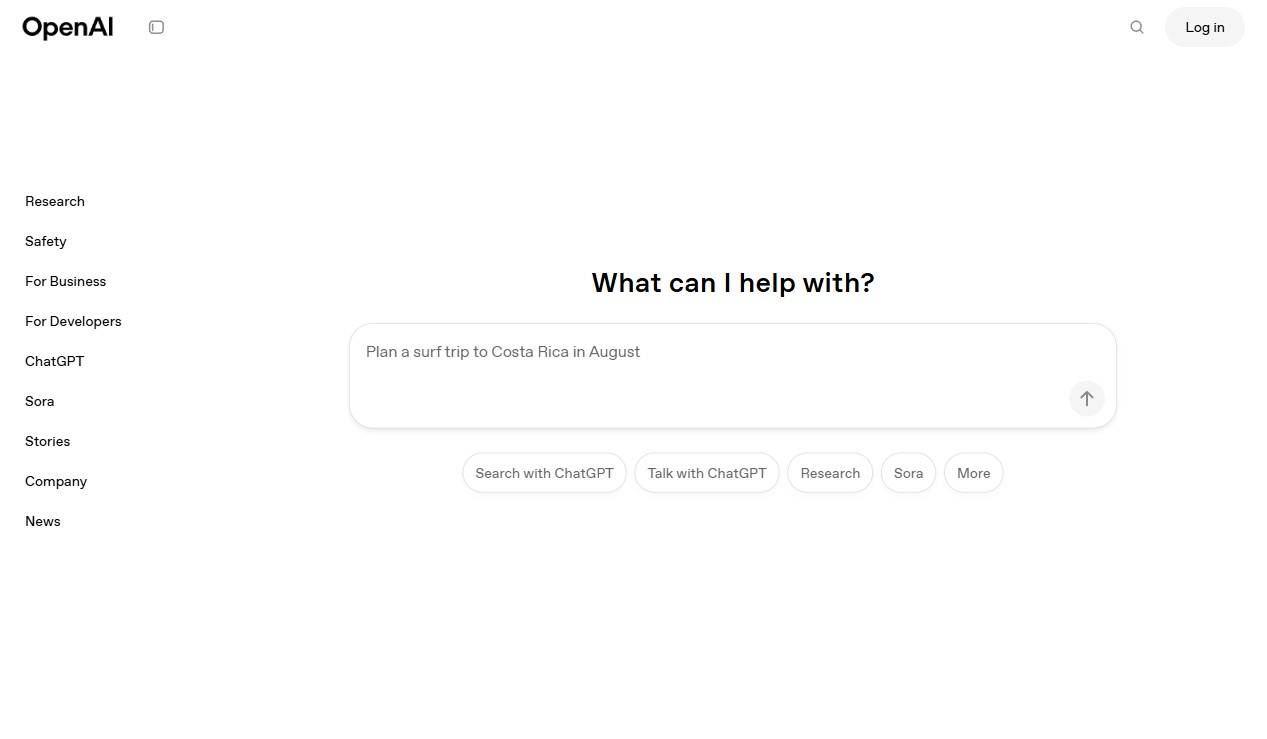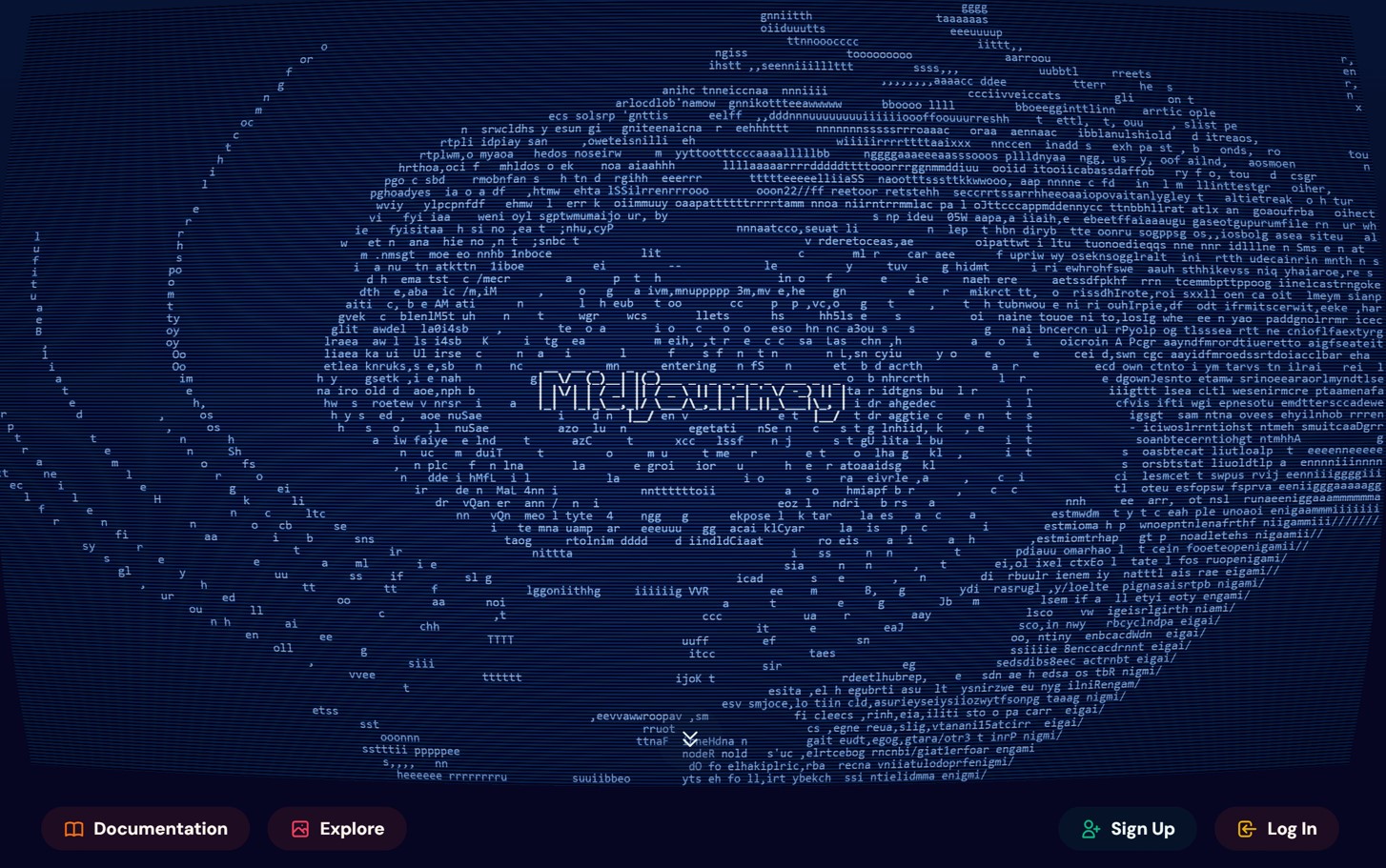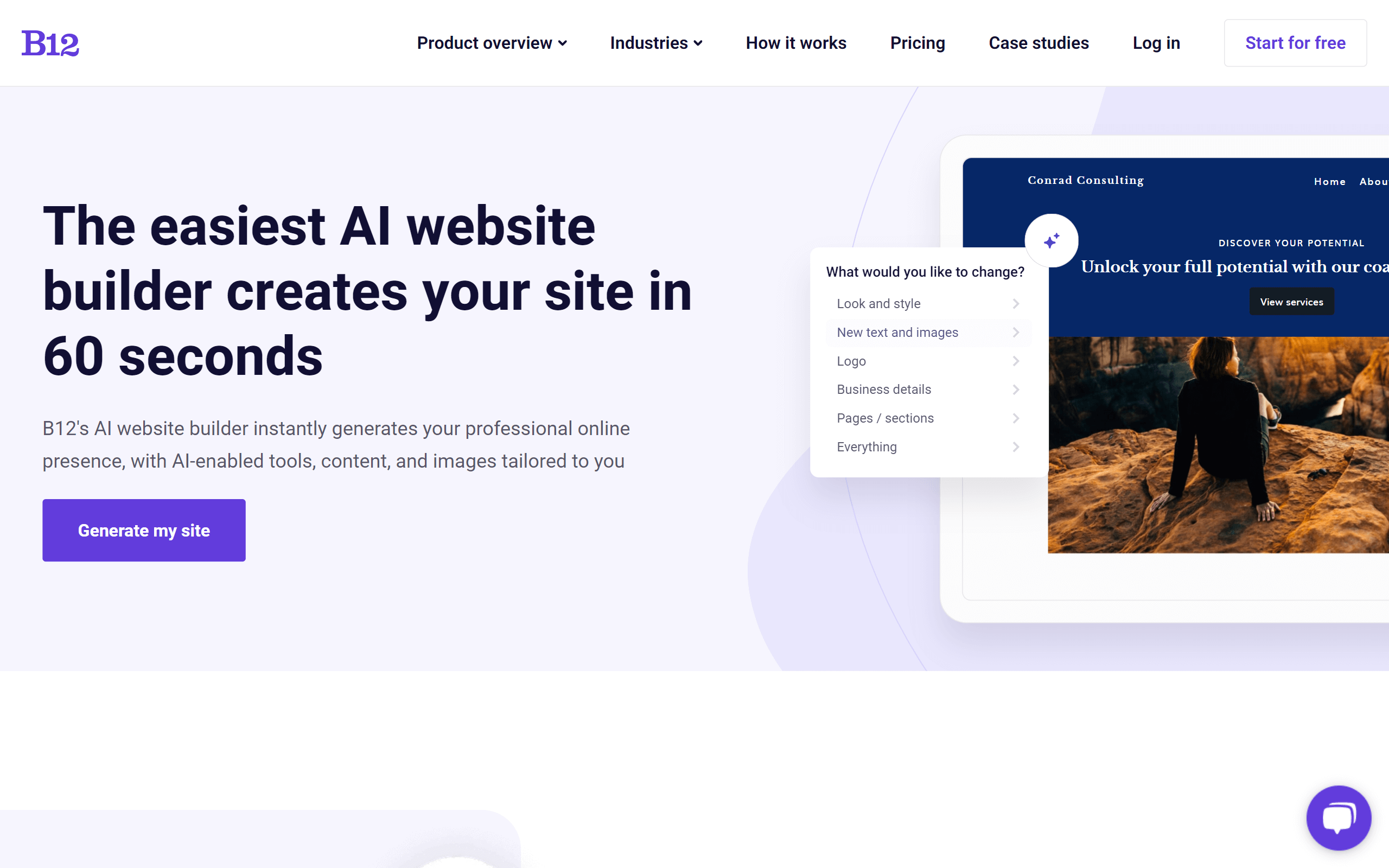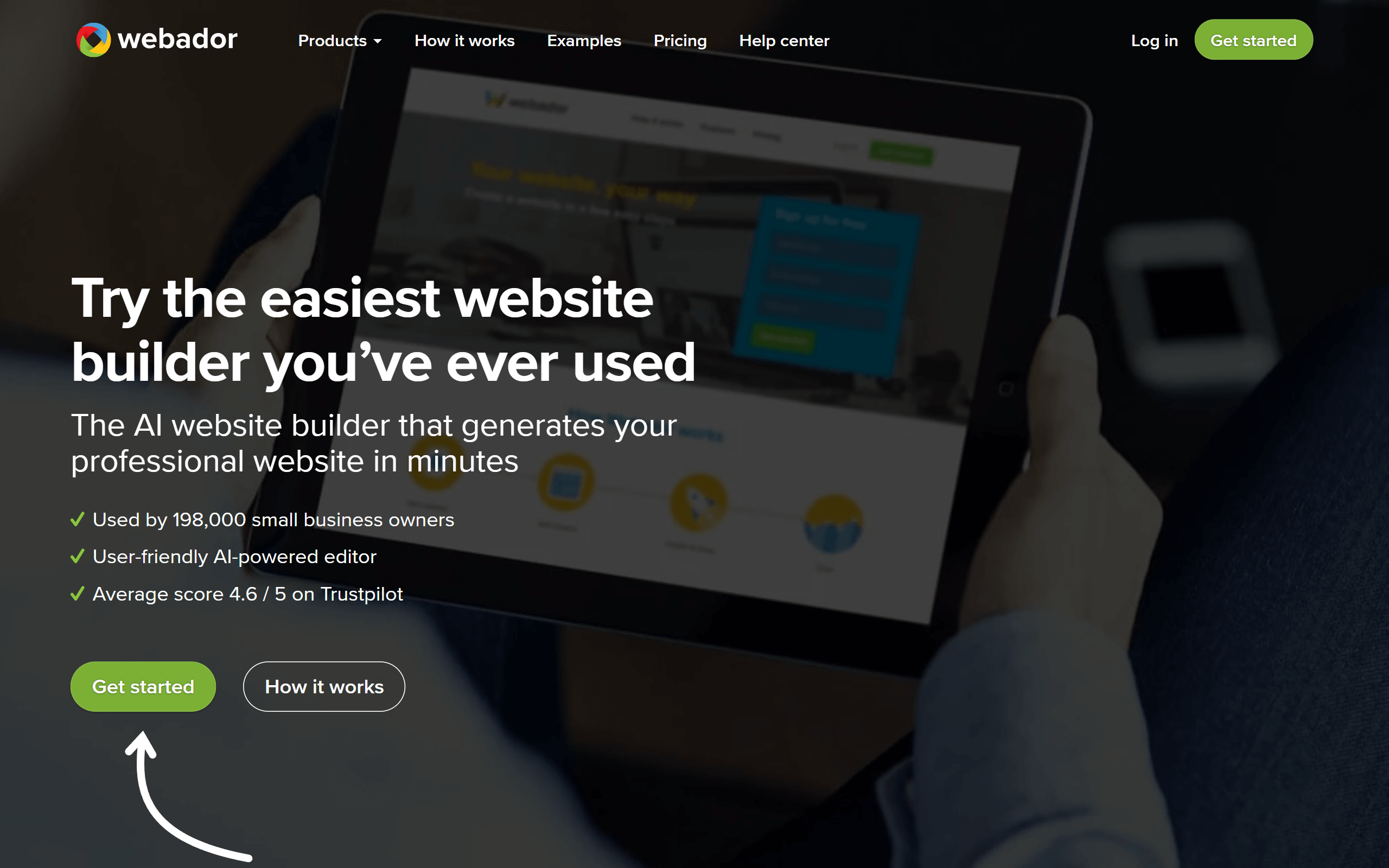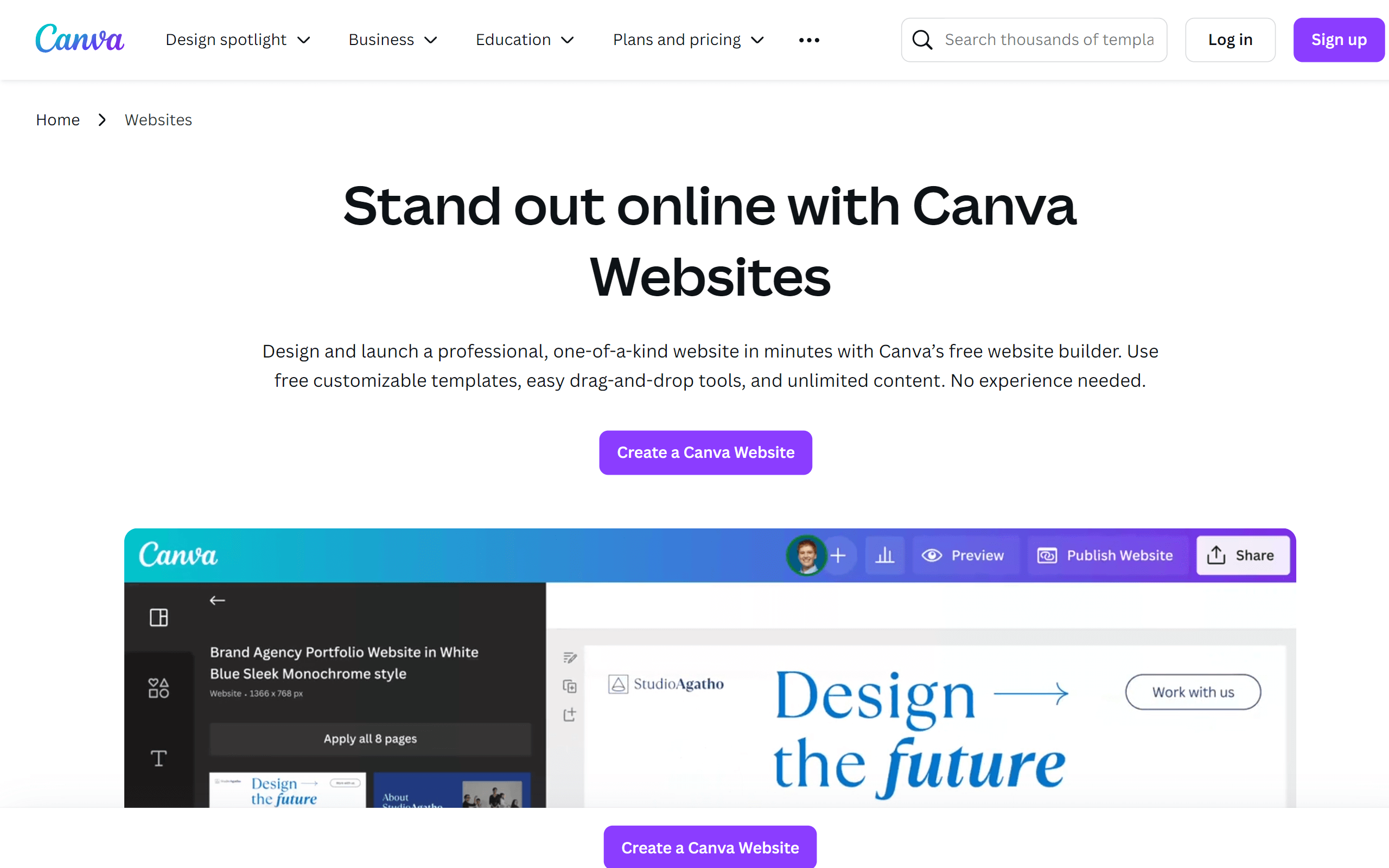| Mobirise AI |
Excellent for nontechnical users; prompt-driven generation and drag controls |
Moderate; prebuilt blocks speed setup but limit deep customization |
Very good; free tier with optional paid upgrades makes trials low-risk |
Generates landing pages, email capture, subscriber export from prompts |
Formulaic AI output; limited advanced integrations for power users |
| Wix |
High; ADI and Editor X guide creators through setup |
Broad within Wix ecosystem; app marketplace and custom code options |
Variable; affordable entry plans, premium tiers needed for commerce |
Prompt and questionnaire-driven templates, image and copy suggestions |
Export restrictions and occasional generic AI content; platform lock-in |
| Squarespace |
High; polished editor and guided styling |
Moderate; strong design control but deeper tweaks need developer mode |
Good for creatives; commerce raises subscription costs |
Copywriting assistance and layout suggestions for brand-focused pages |
AI requires human editing for accuracy; fewer integrations for automation |
| WordPress |
Variable; managed hosts simplify setup, self-hosting has a learning curve |
Very high; open architecture allows custom s and plugins |
Mixed; base costs low but plugins and hosting can add up |
Wide plugin ecosystem offers content generation, SEO helpers, and assistants |
Plugin conflicts, maintenance, and inconsistent AI quality across extensions |
| Shopify |
Strong; commerce-focused flows and templates reduce technical friction |
Solid for ecommerce; apps and APIs enable automation and integrations |
Depends on volume; fees and apps increase costs for growing stores |
Product description and asset generation tools like Magic |
Generic AI copy requires review; transaction and app fees can add up |
| GoDaddy |
Very high; wizard-driven setup ideal for quick launches |
Limited; preset sections and styling constrain bespoke design |
Attractive for simple sites; advanced features need higher tiers |
Basic page generation, headlines, and SEO suggestions |
Limited integrations, export options, and potential vendor lock-in |
| Webflow |
Lower for novices; designer-focused interface requires learning |
Exceptional; custom interactions, CMS, and code embeds support complex builds |
Best for agencies and tailored projects; subscription fees can be high |
Supports third-party AI integrations for content, images, and workflows |
Steep learning curve, extra subscriptions for AI tools, and maintenance needs |
